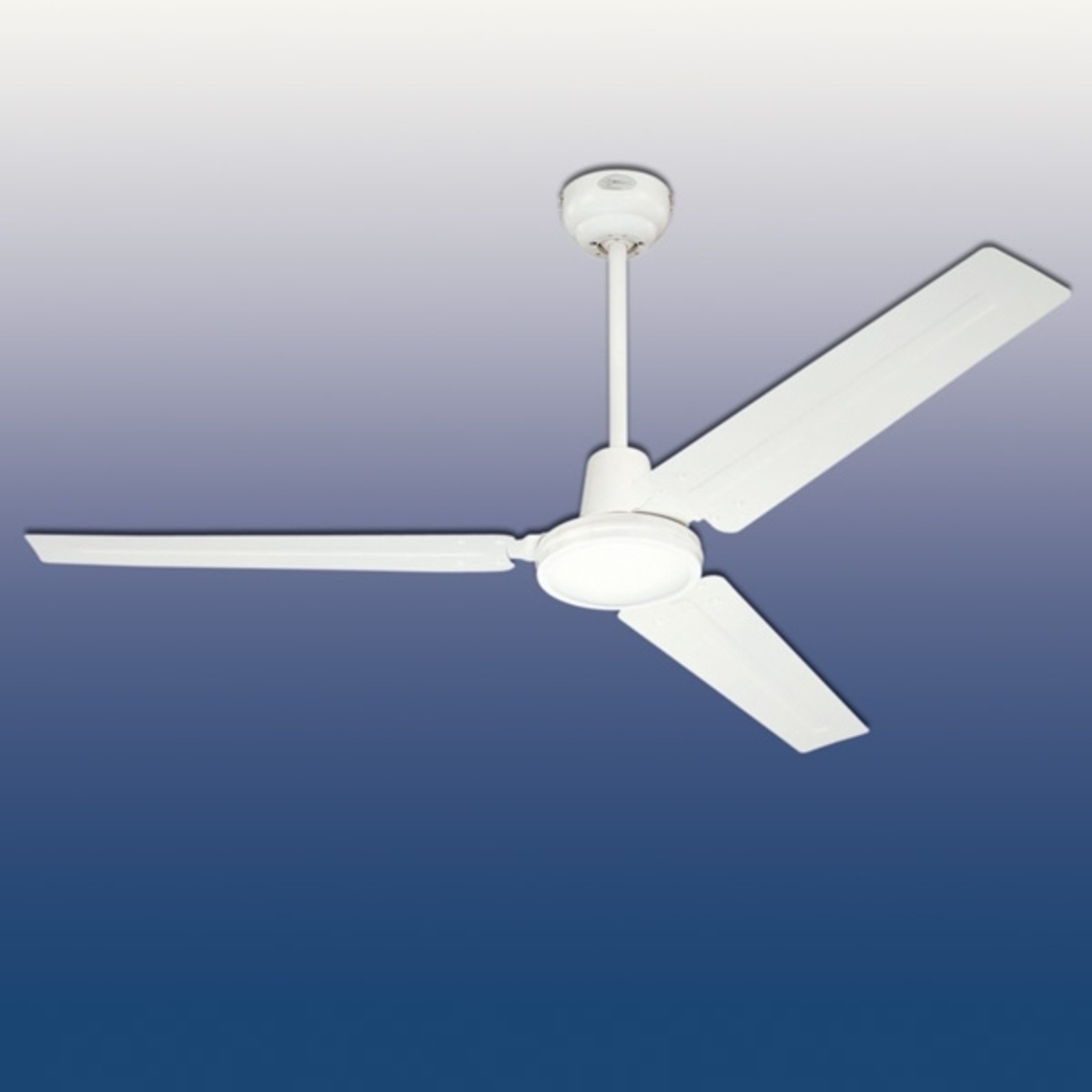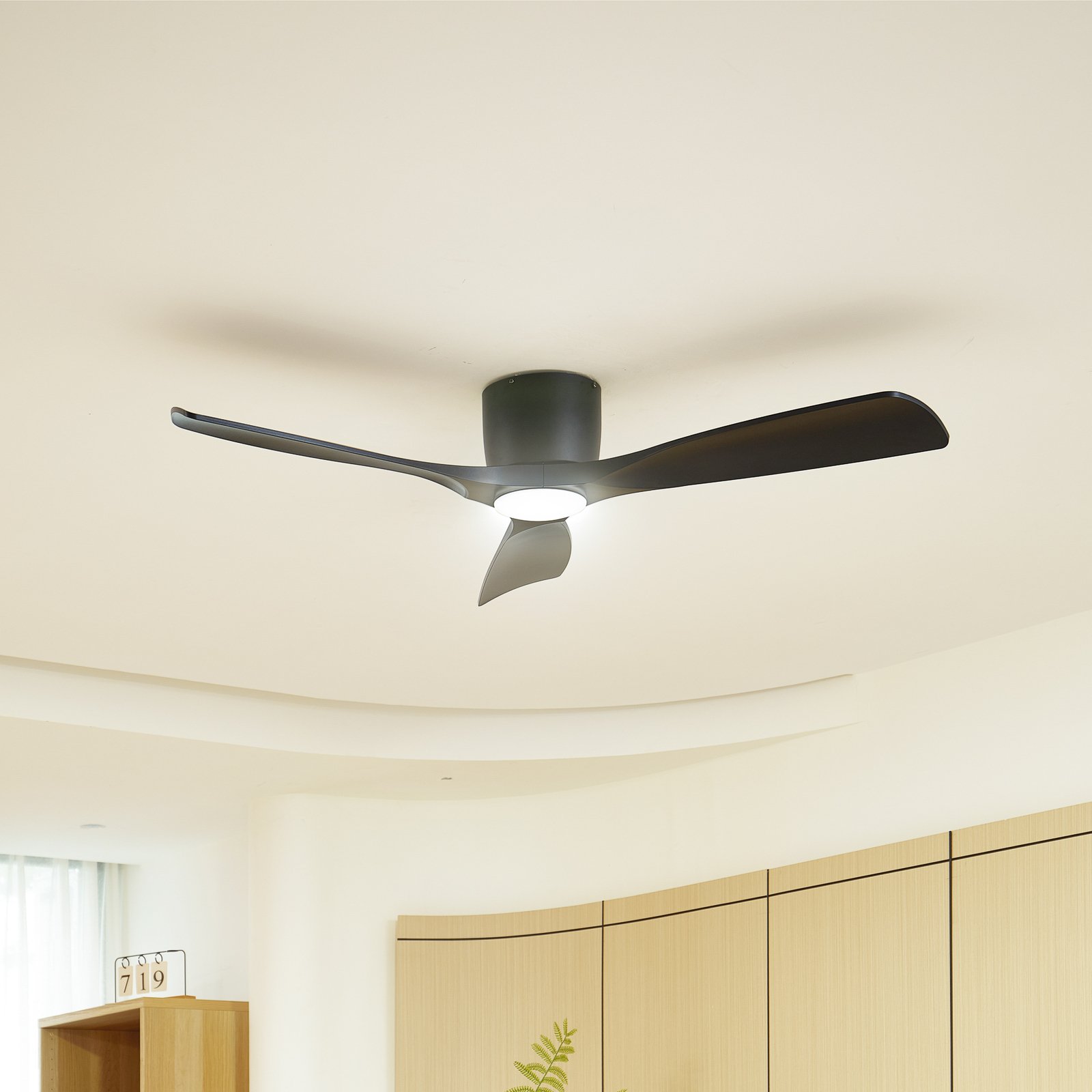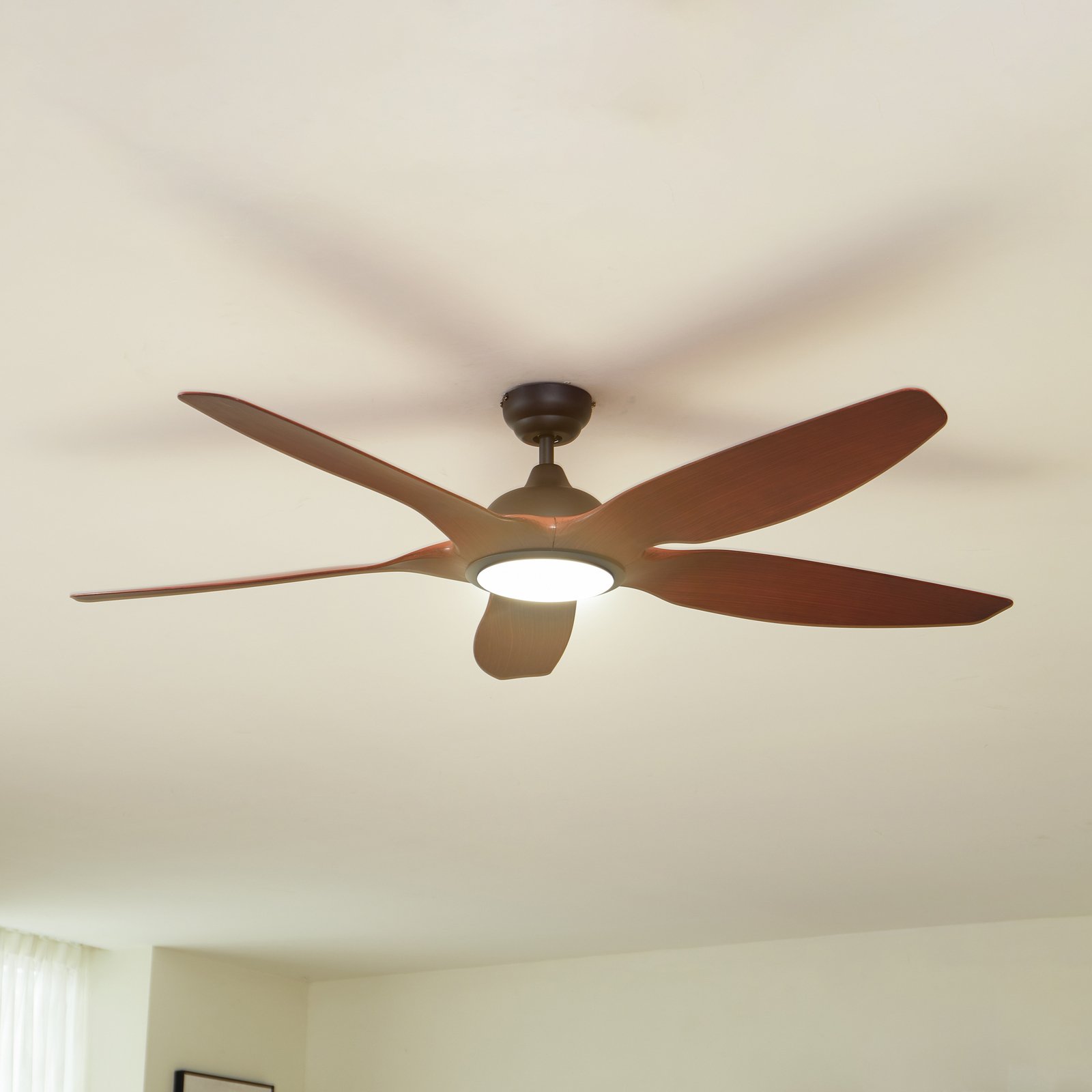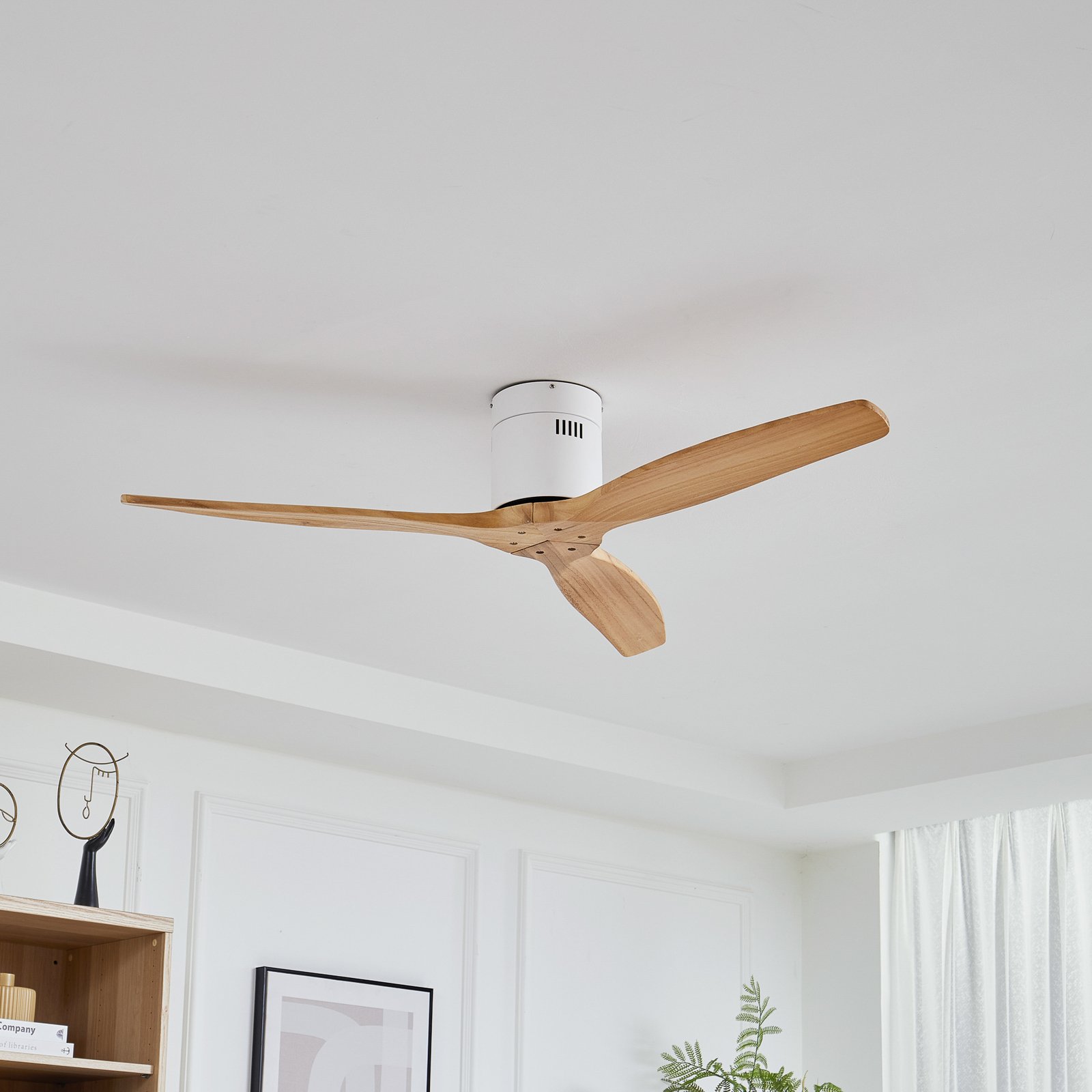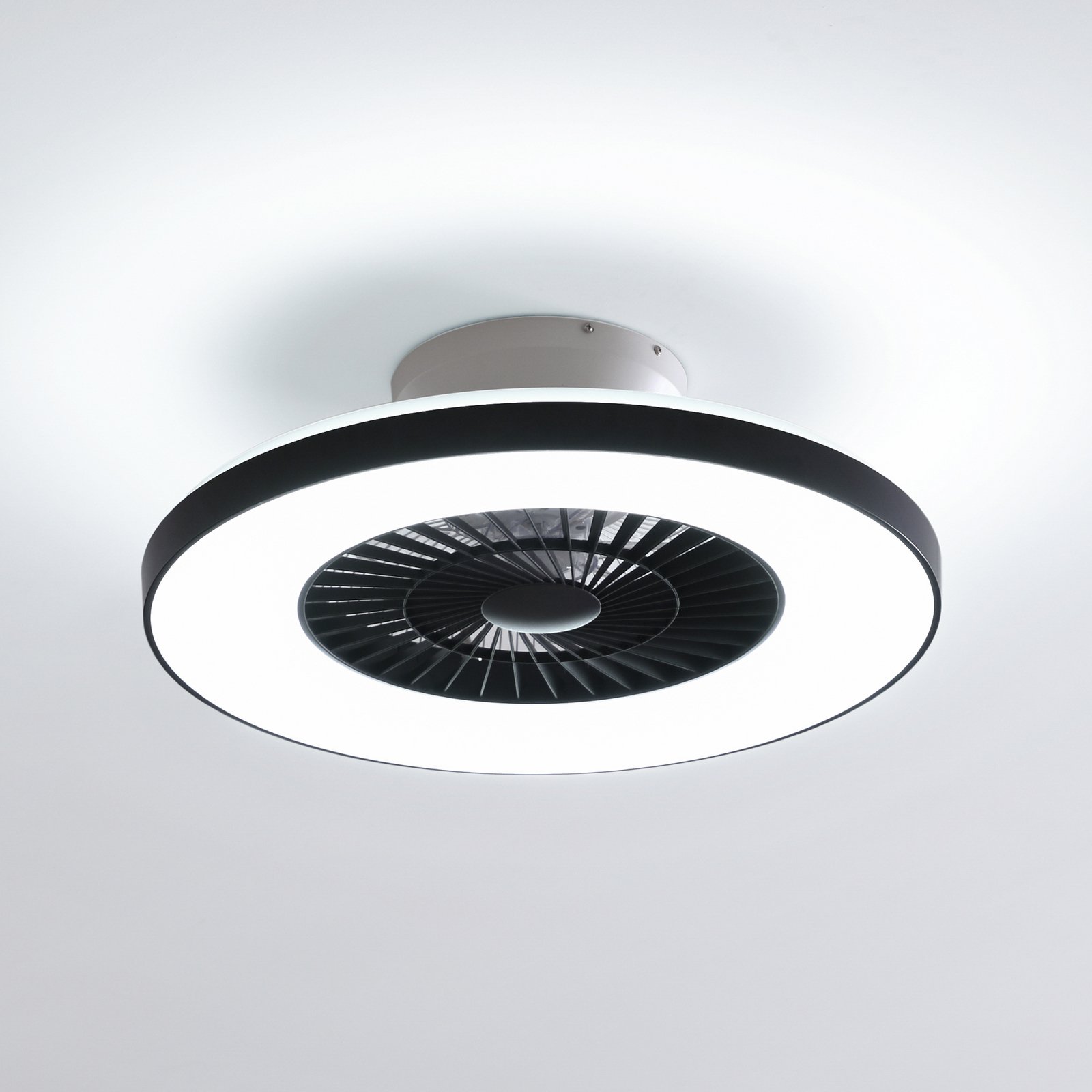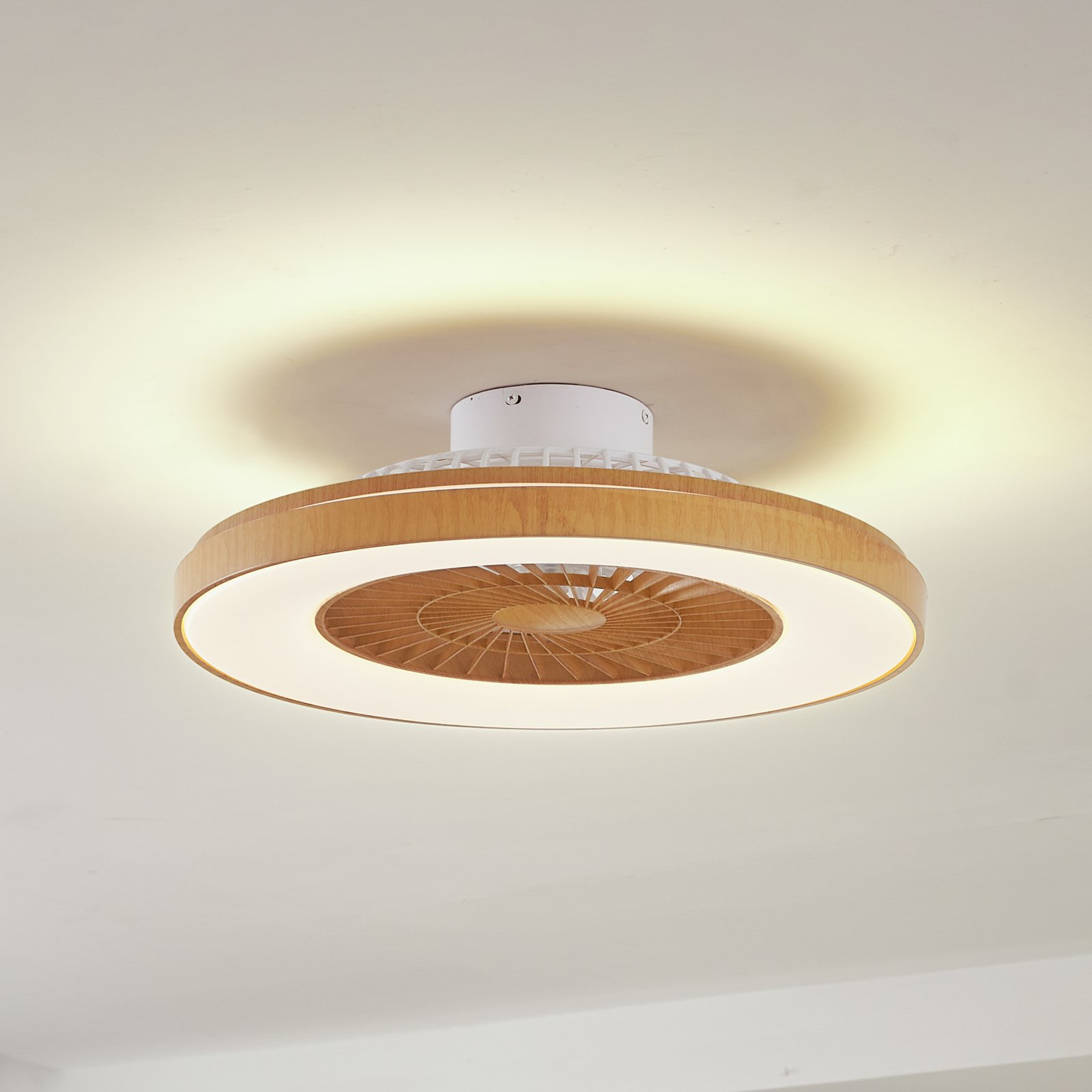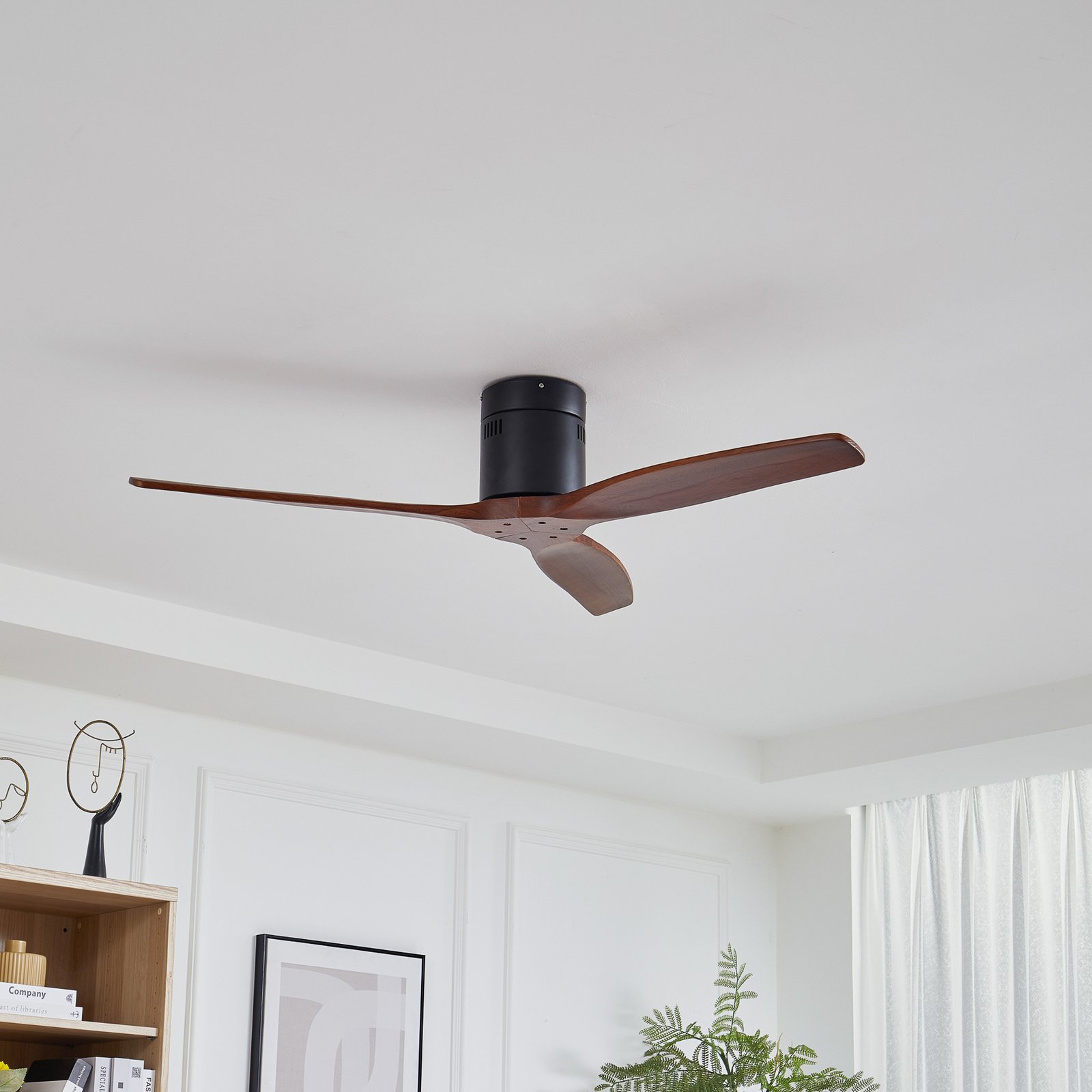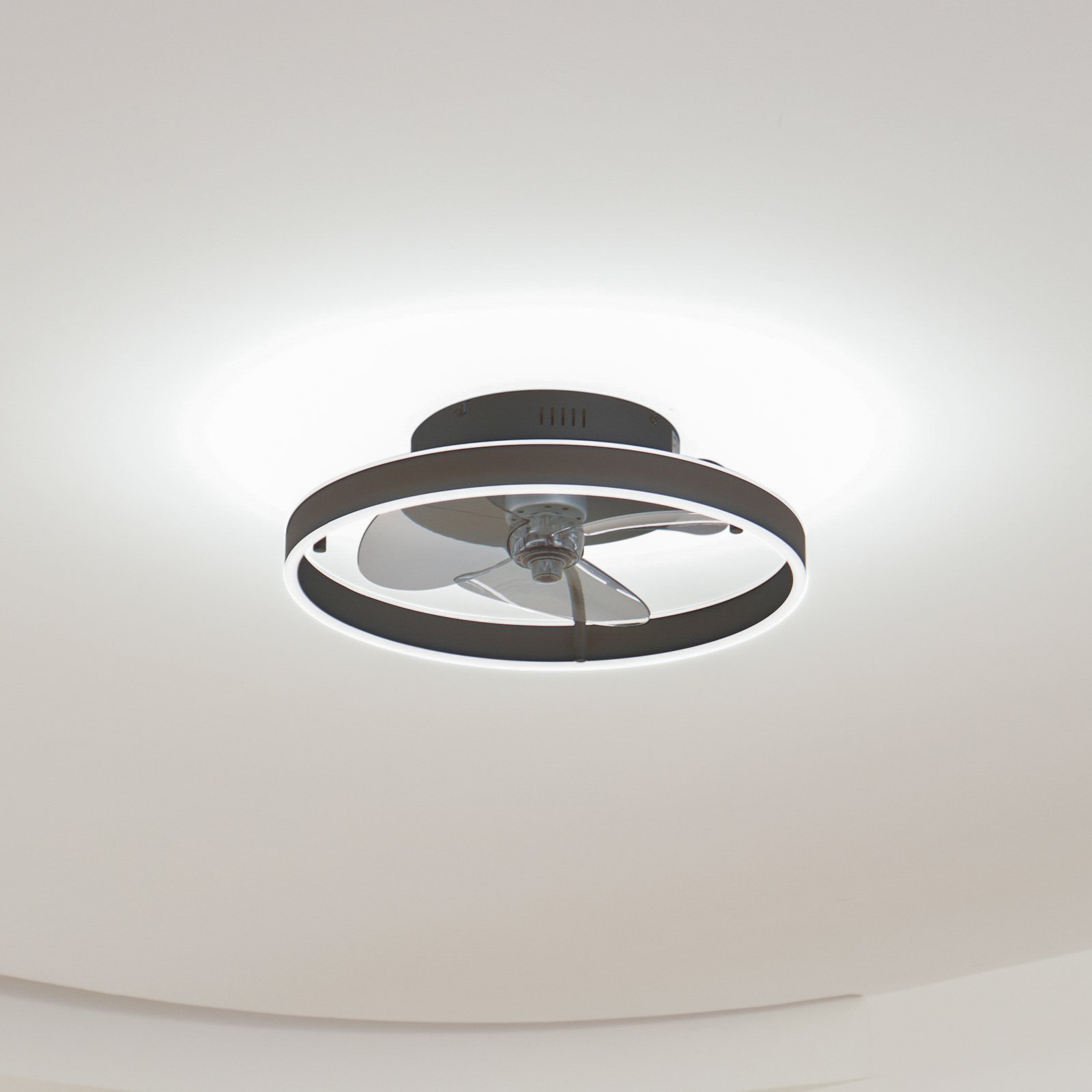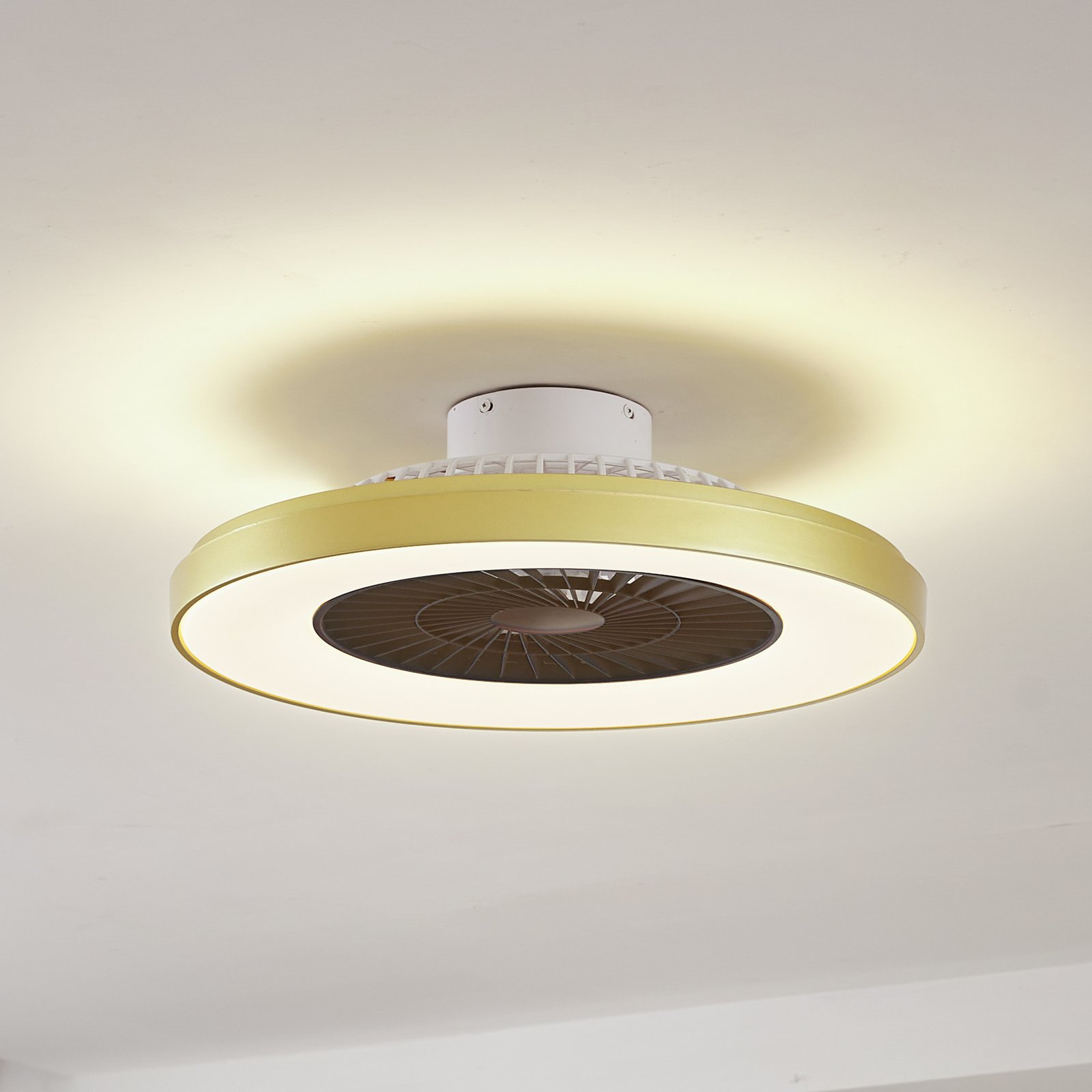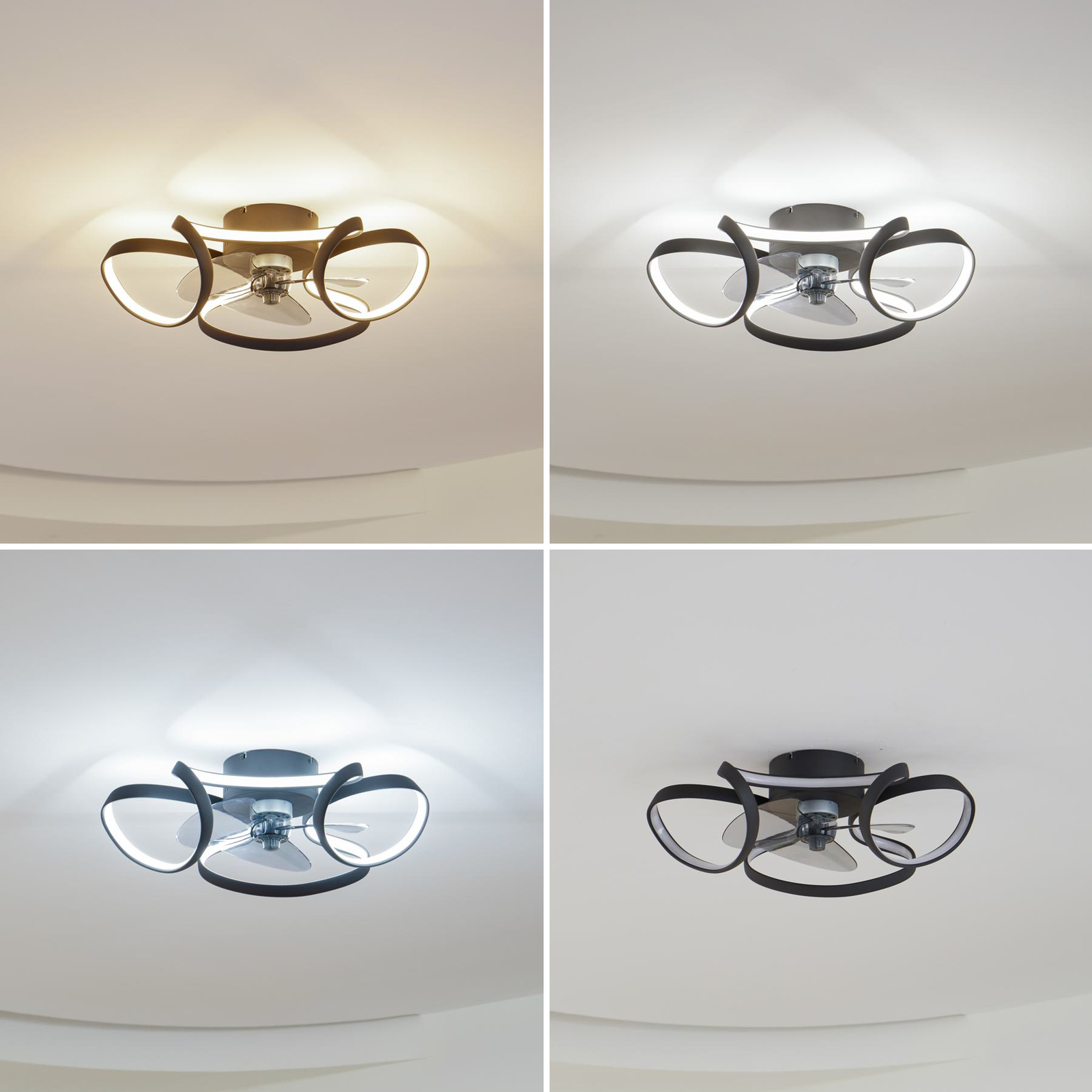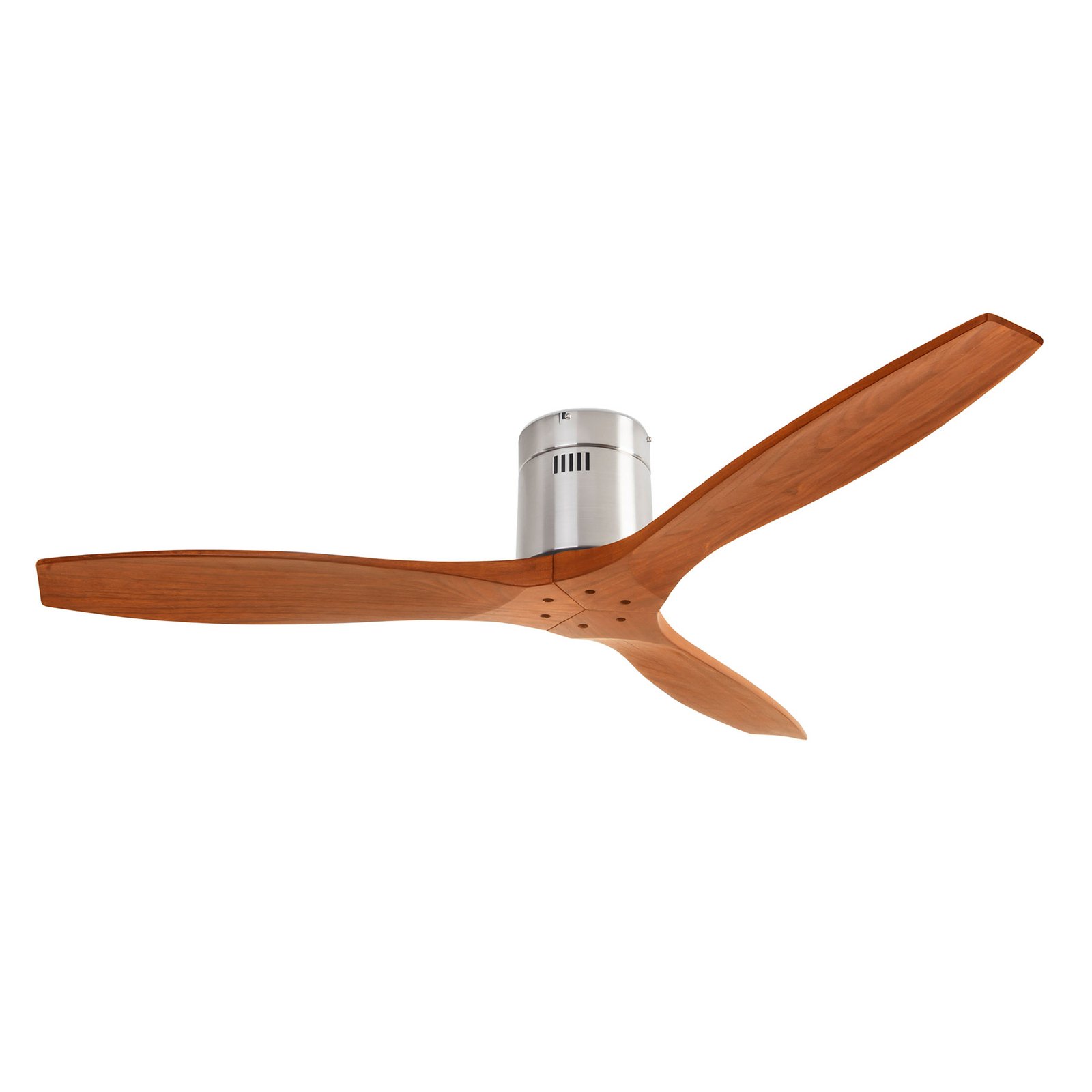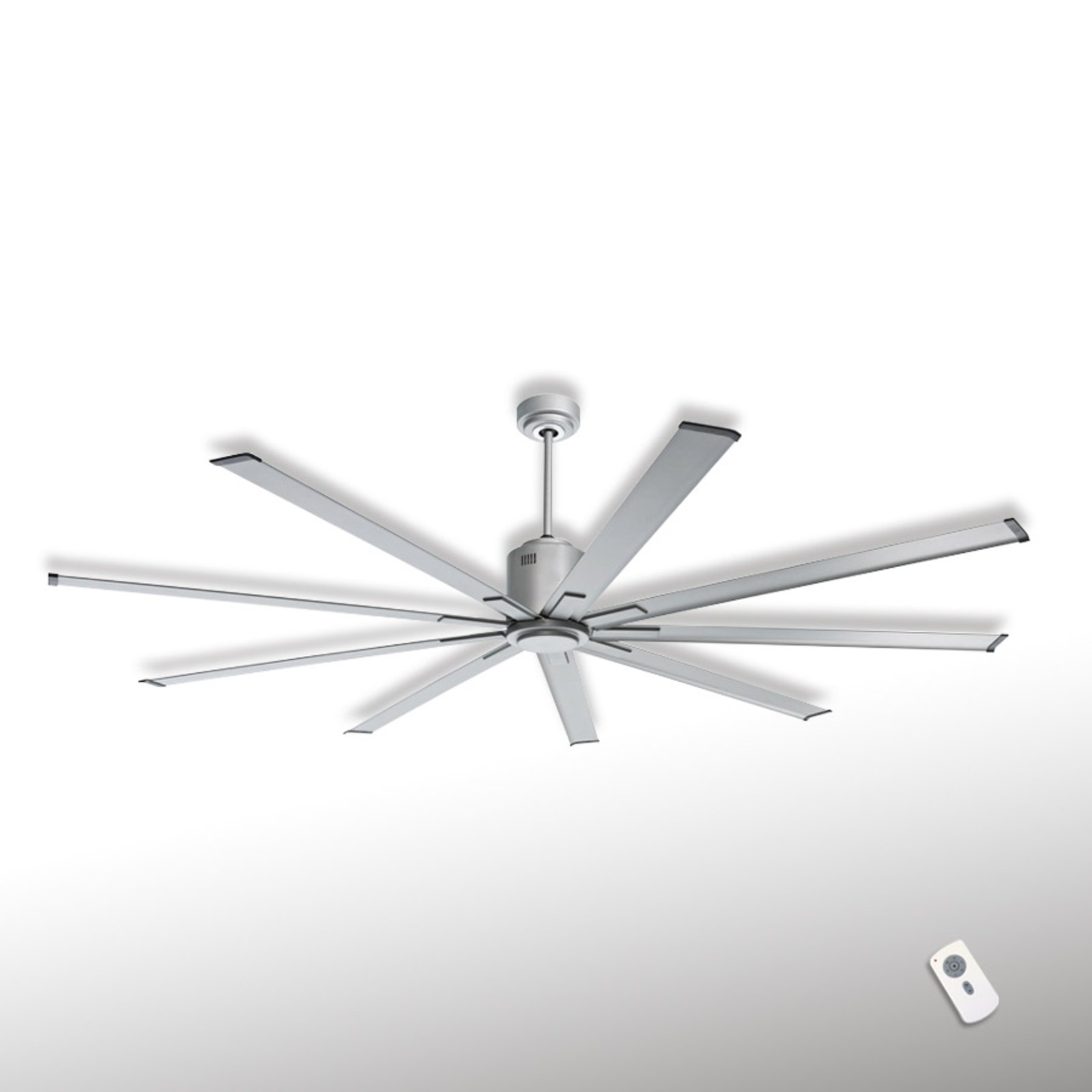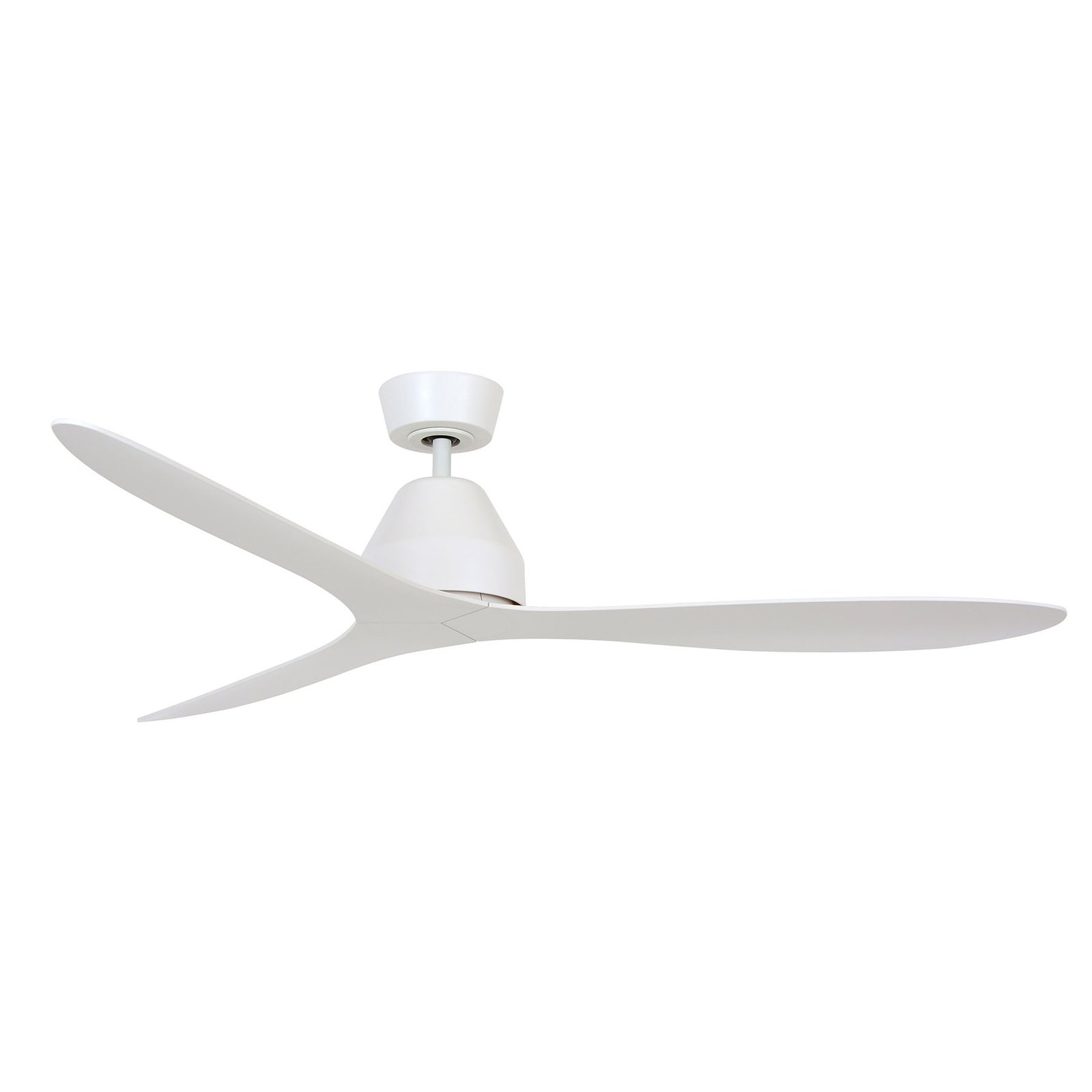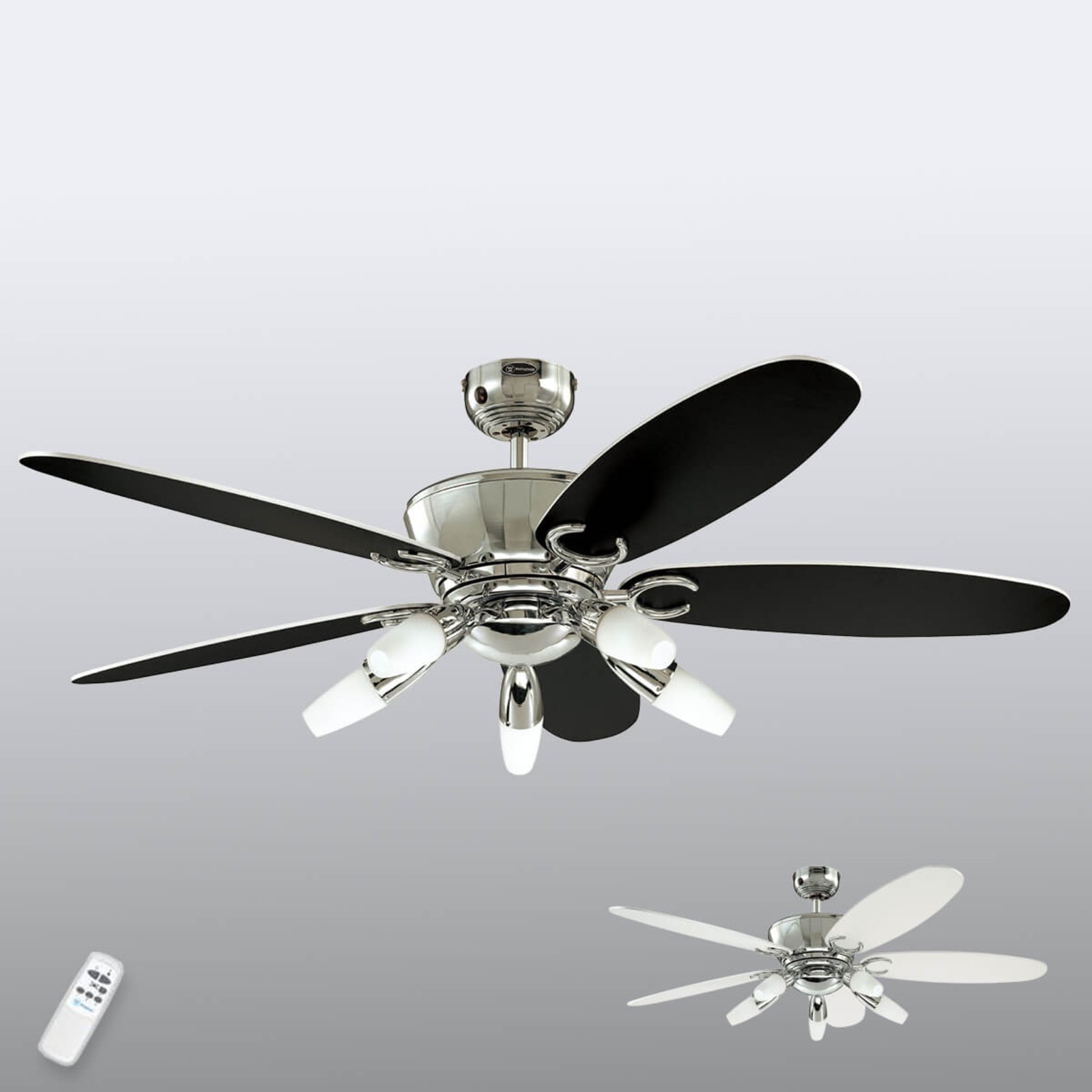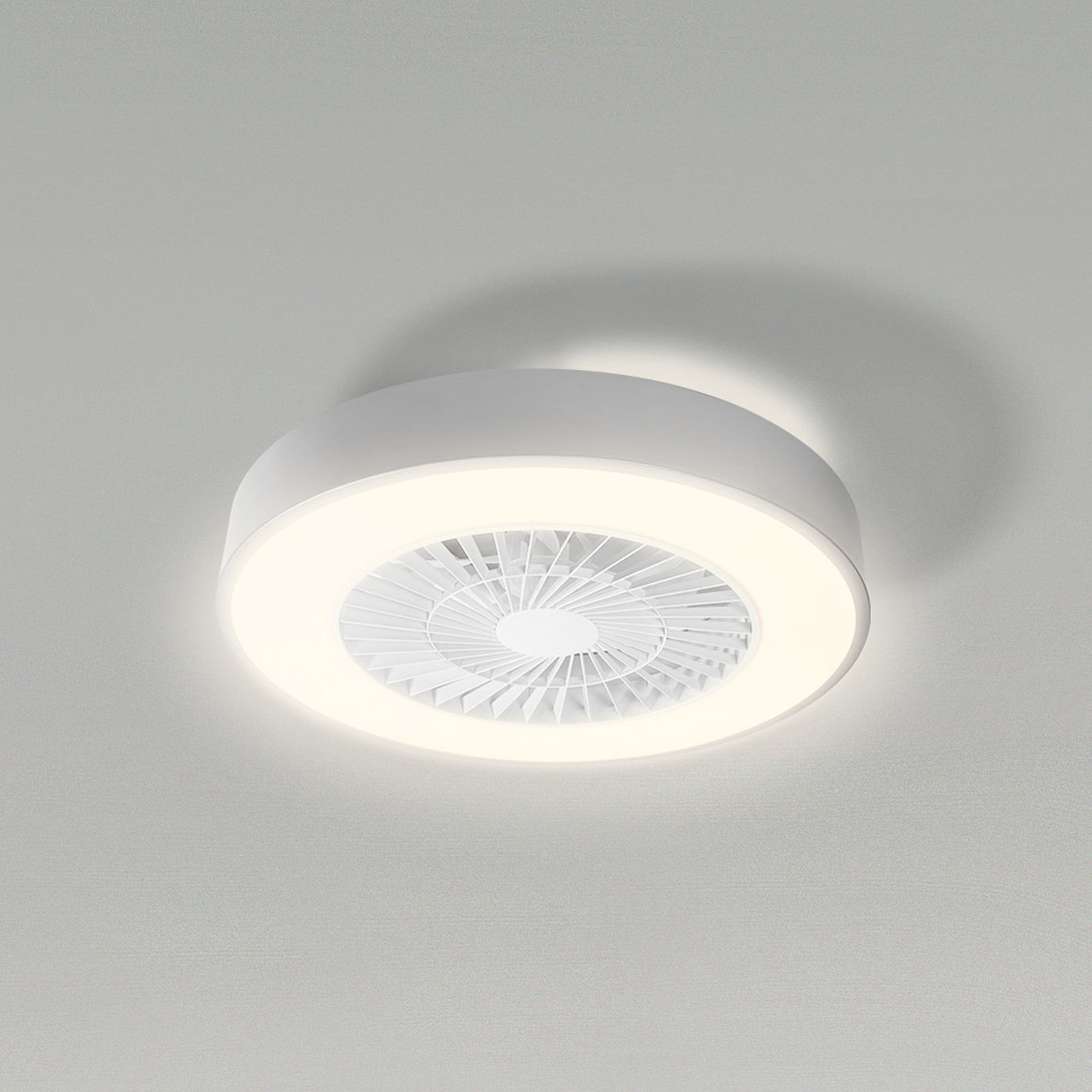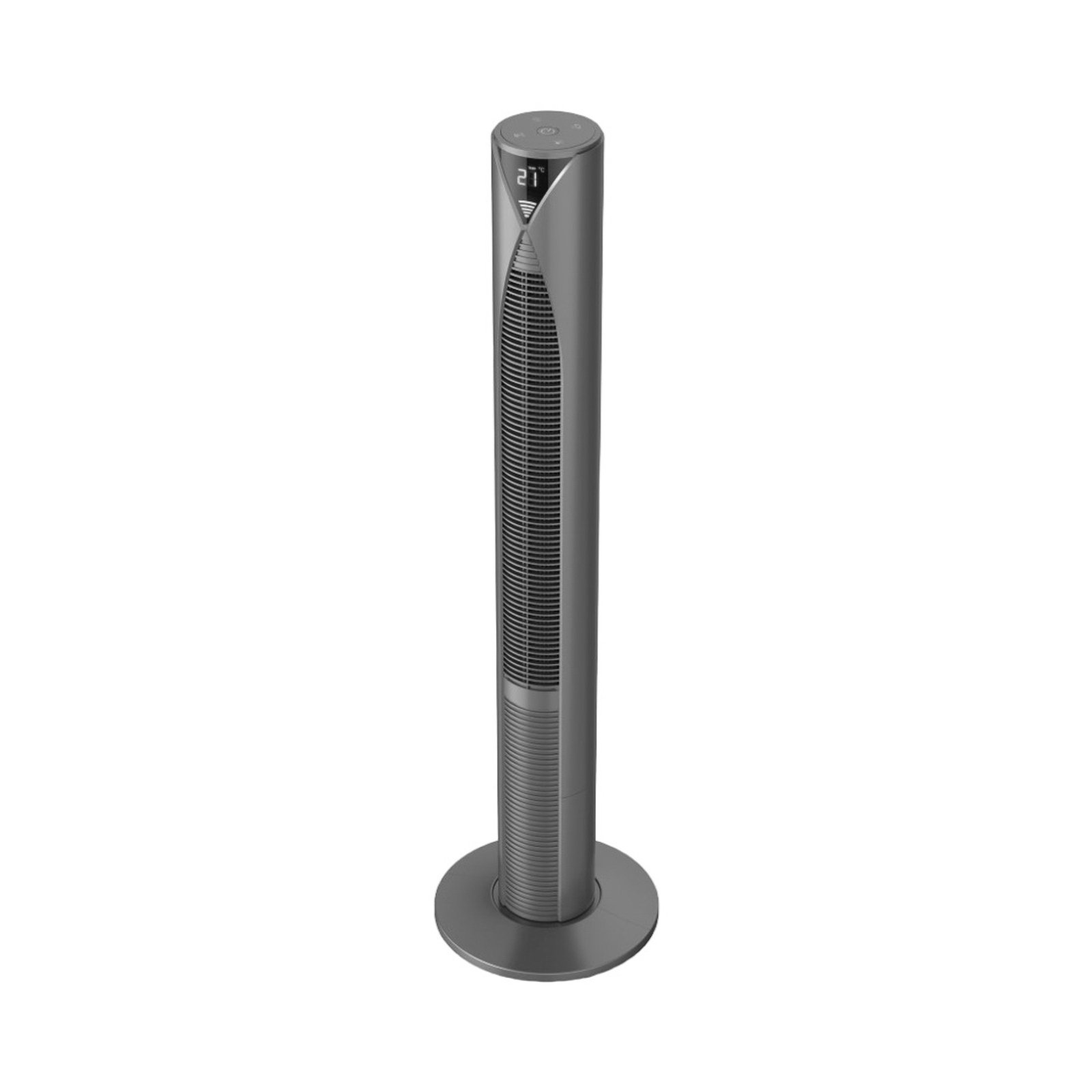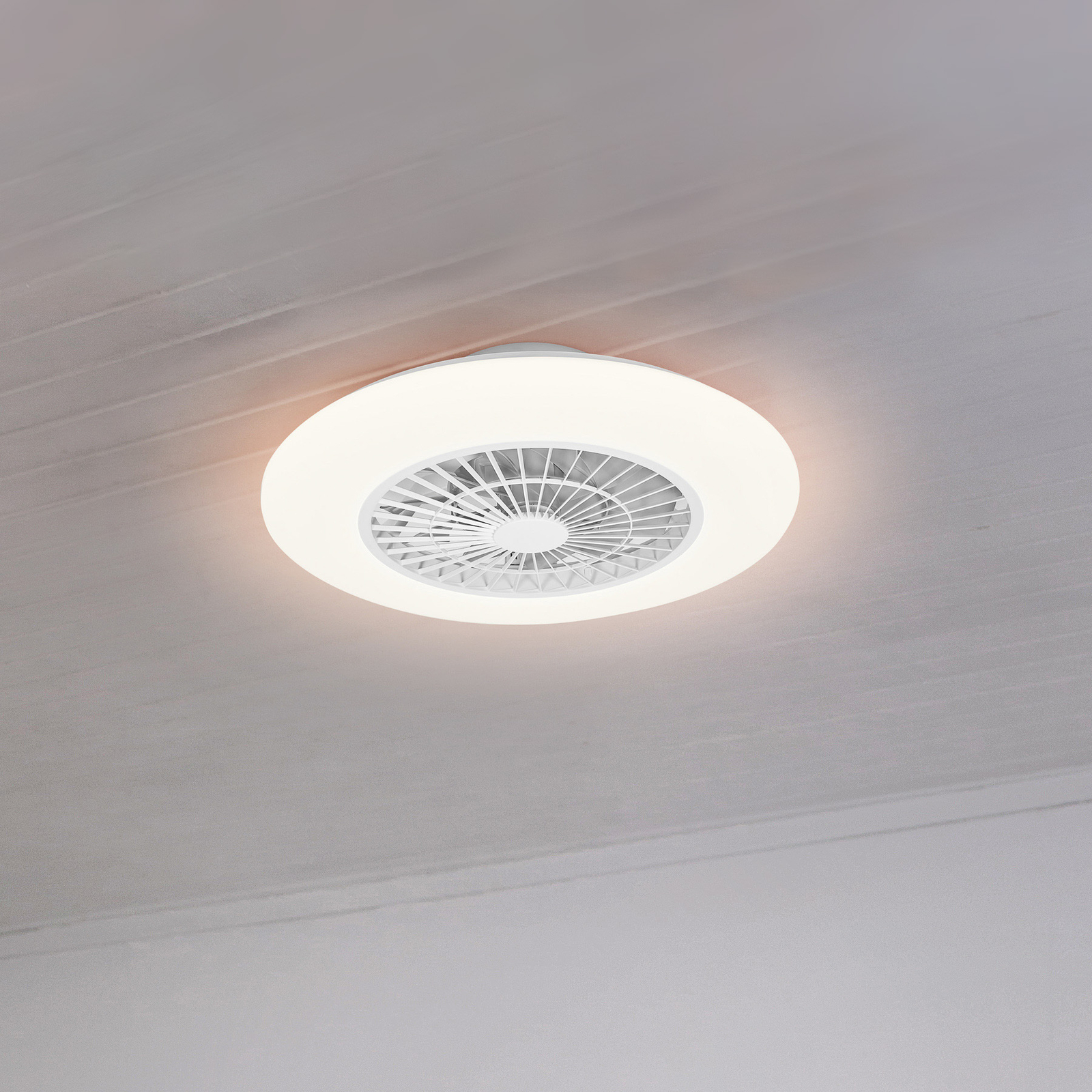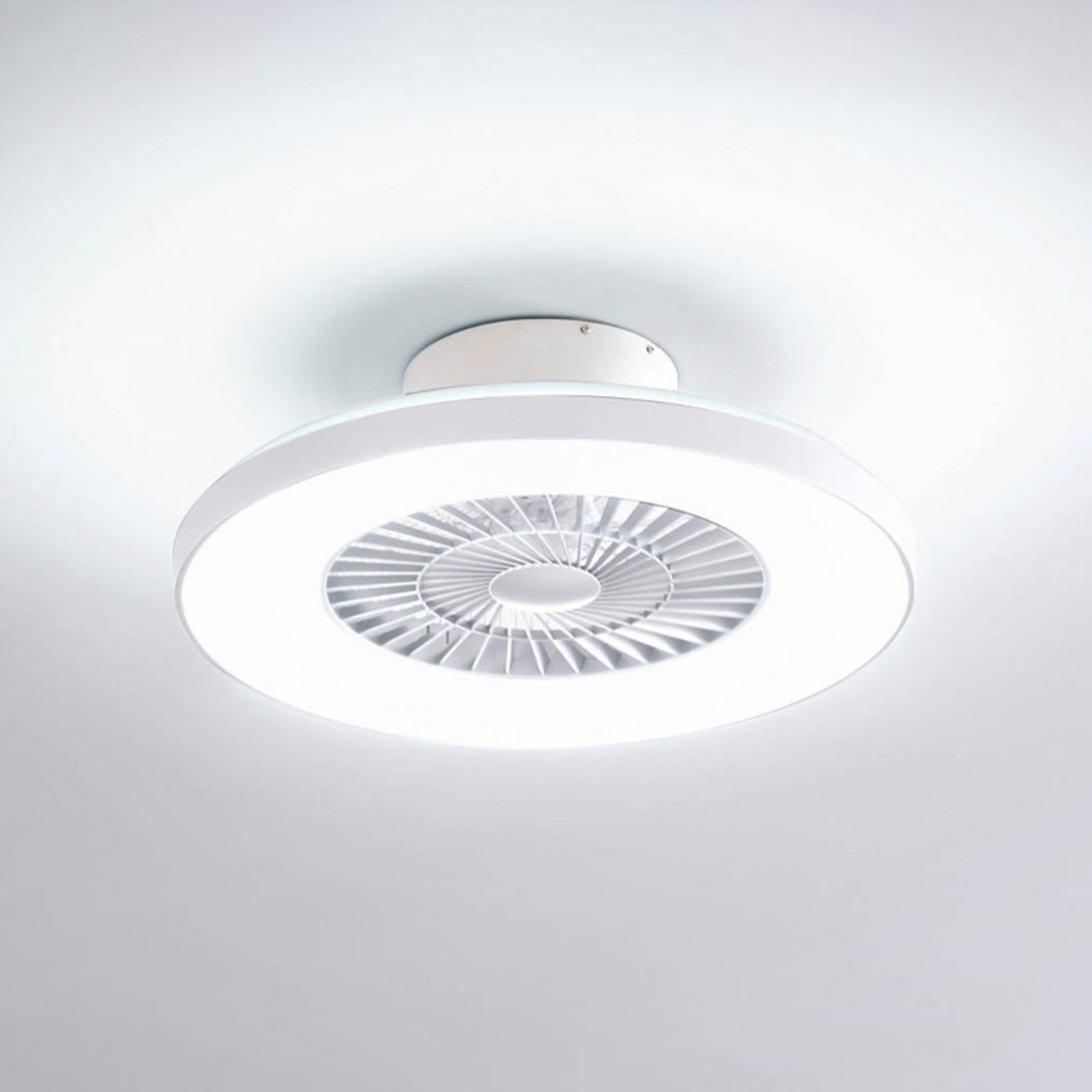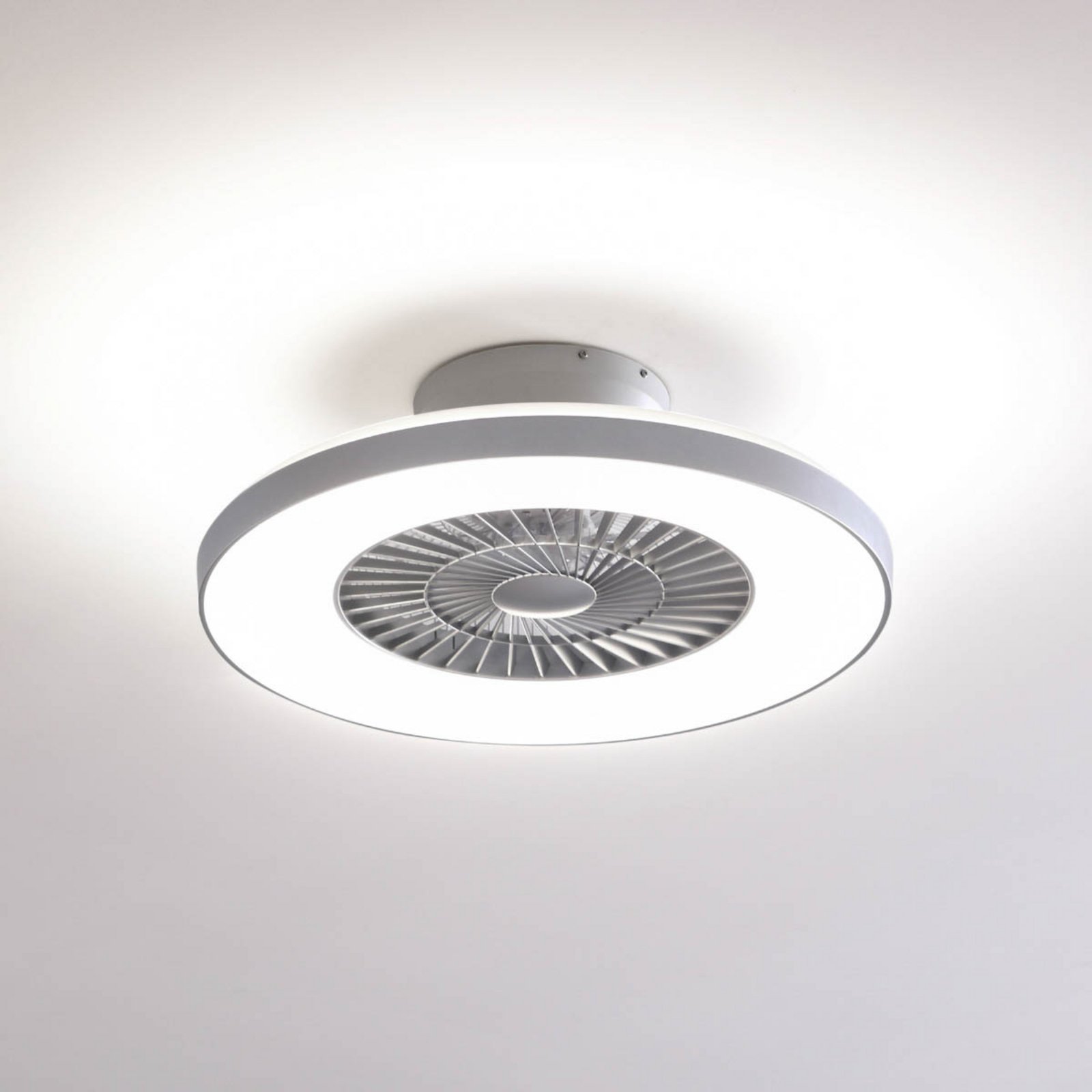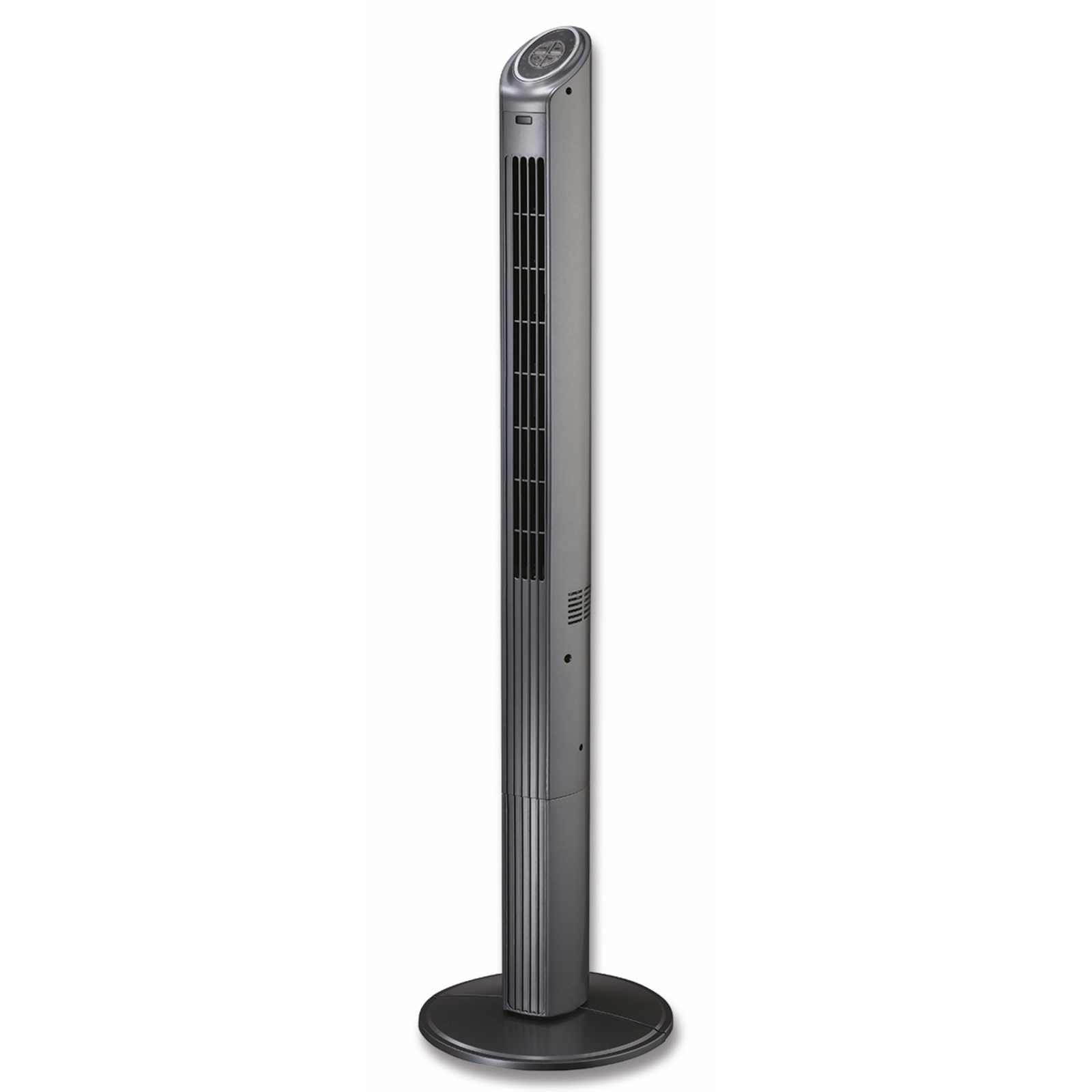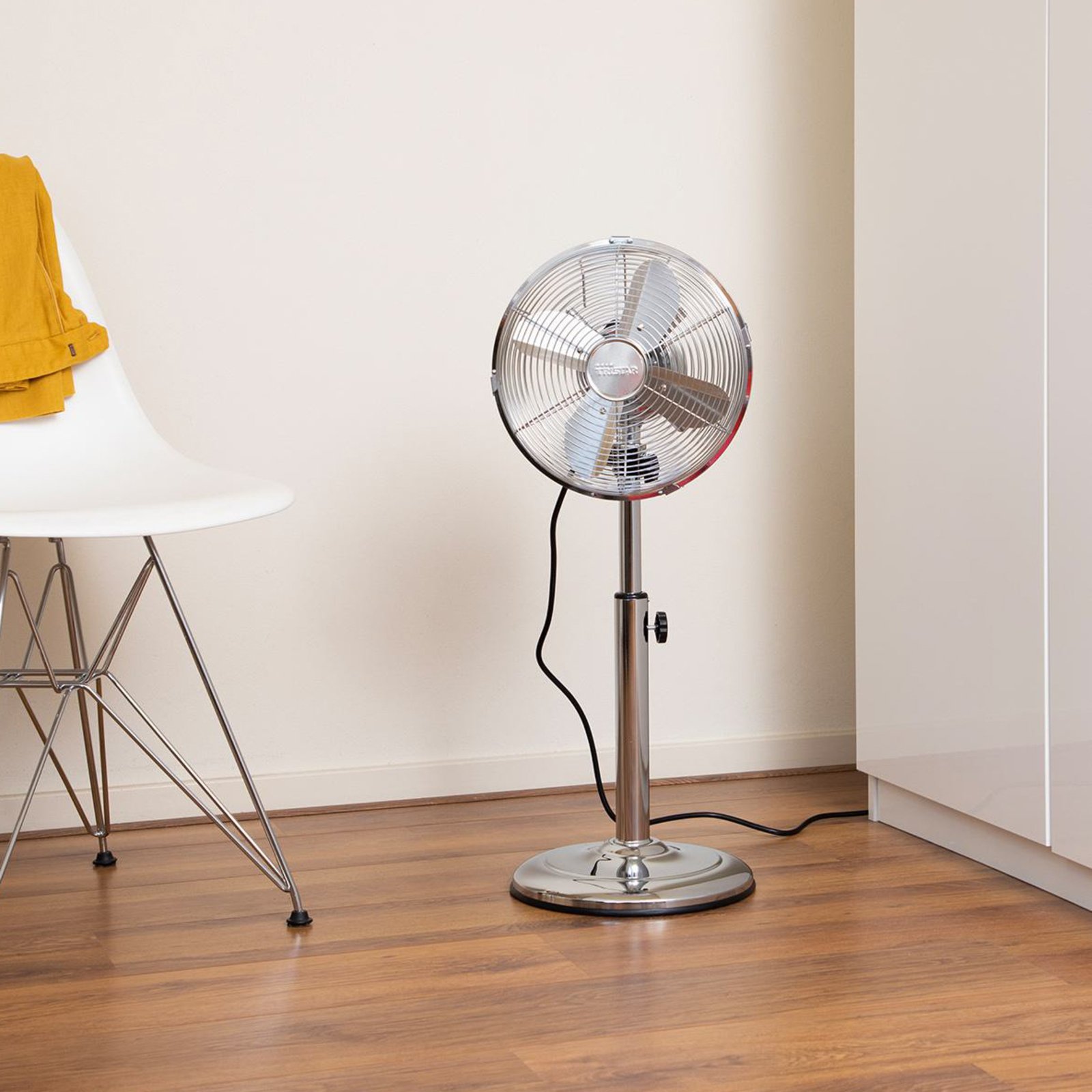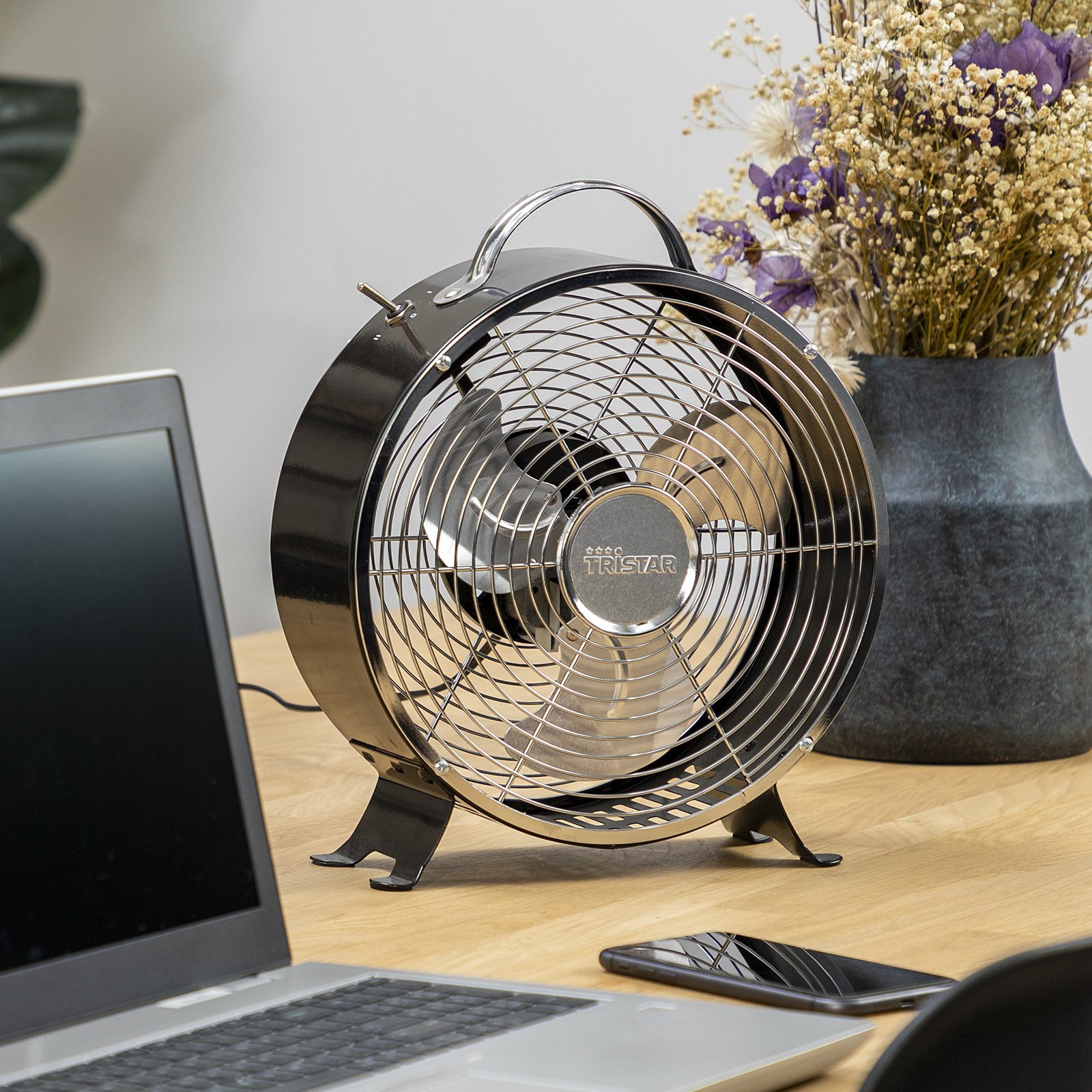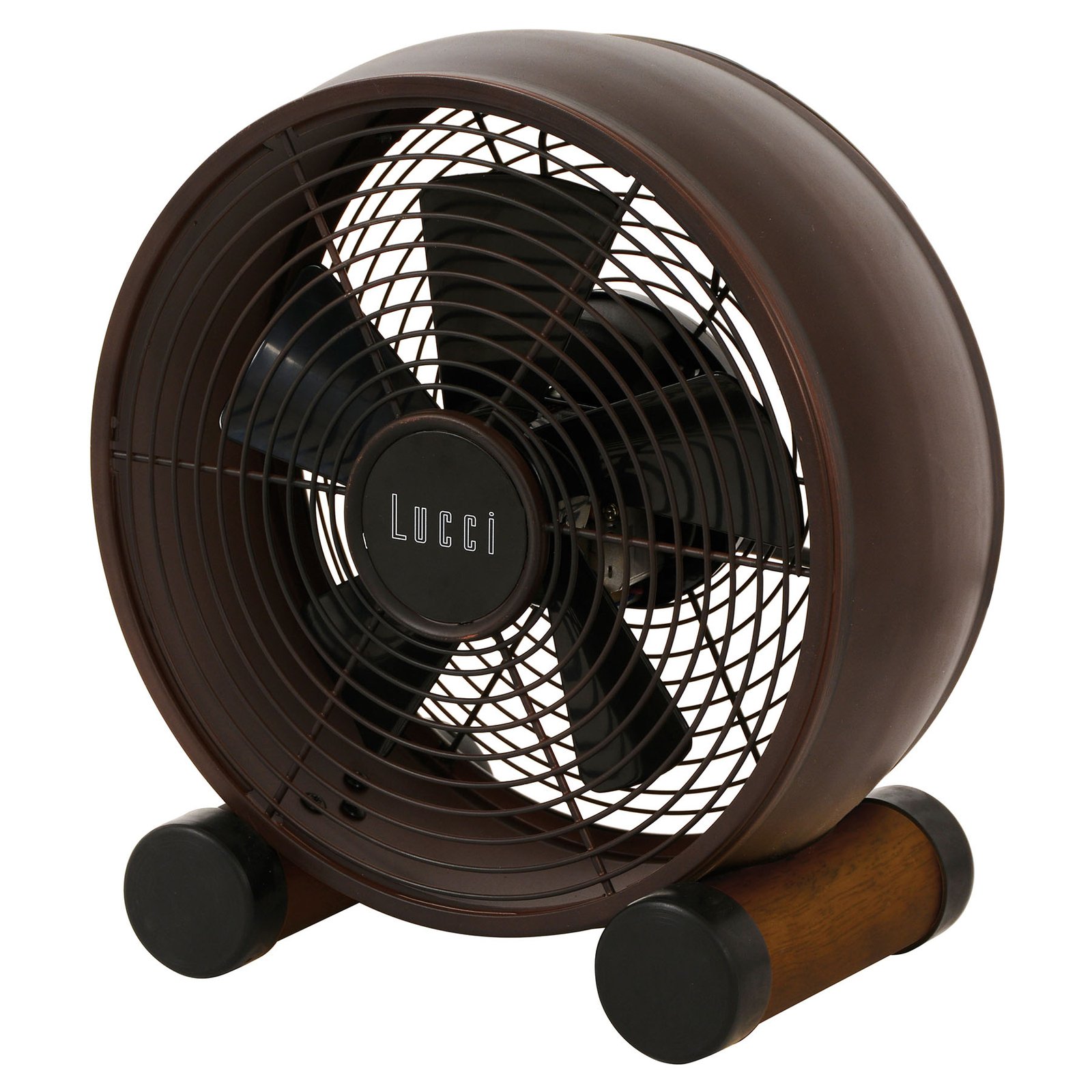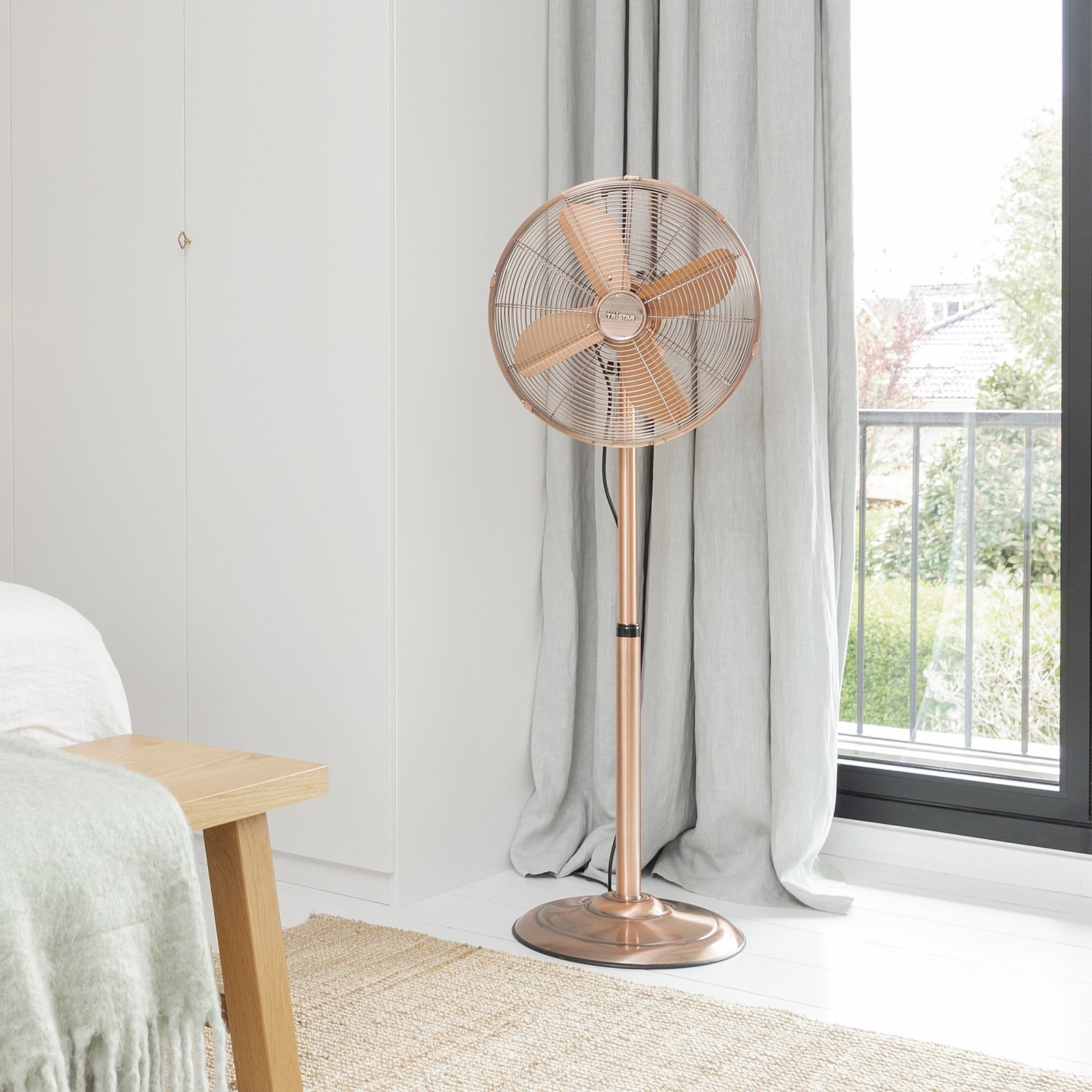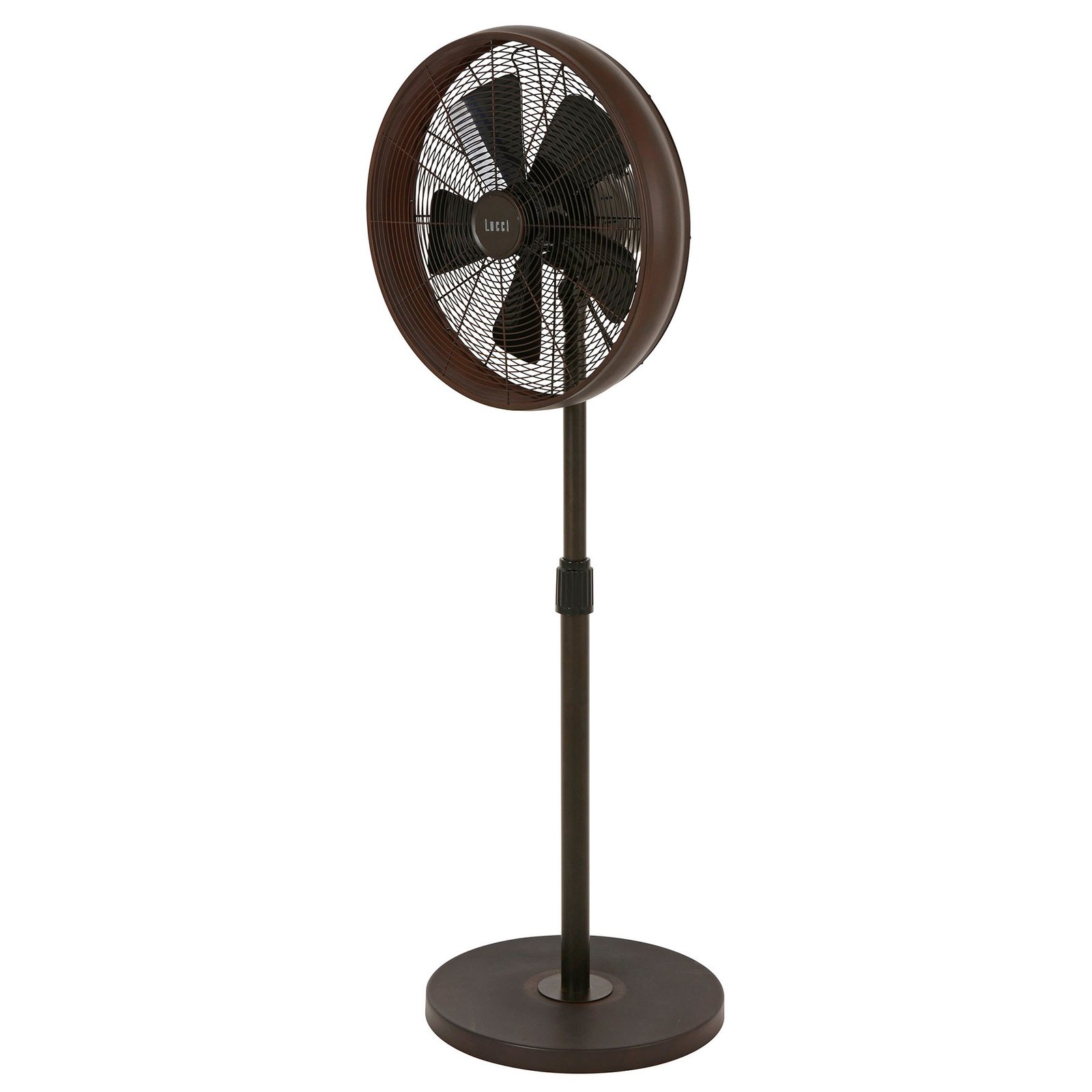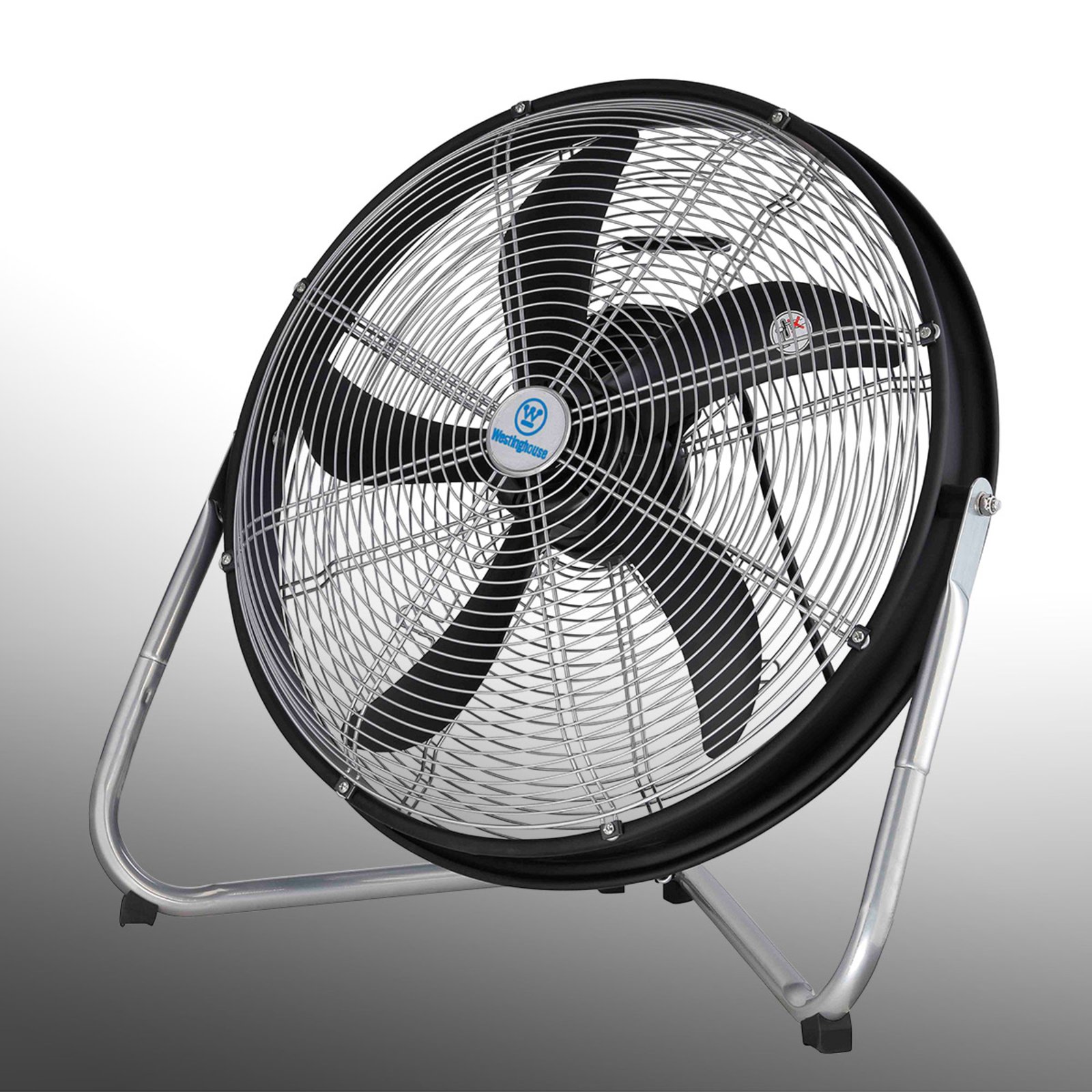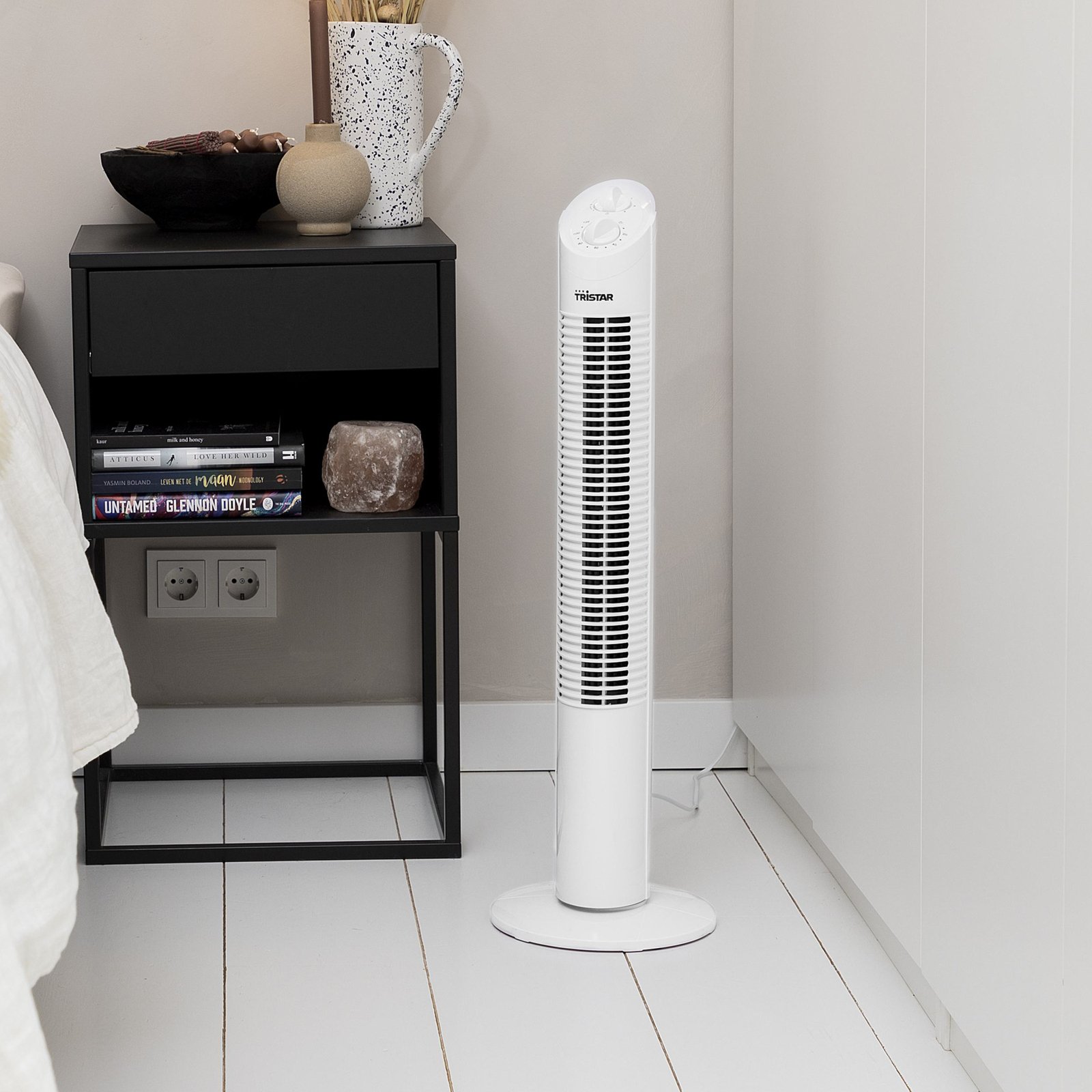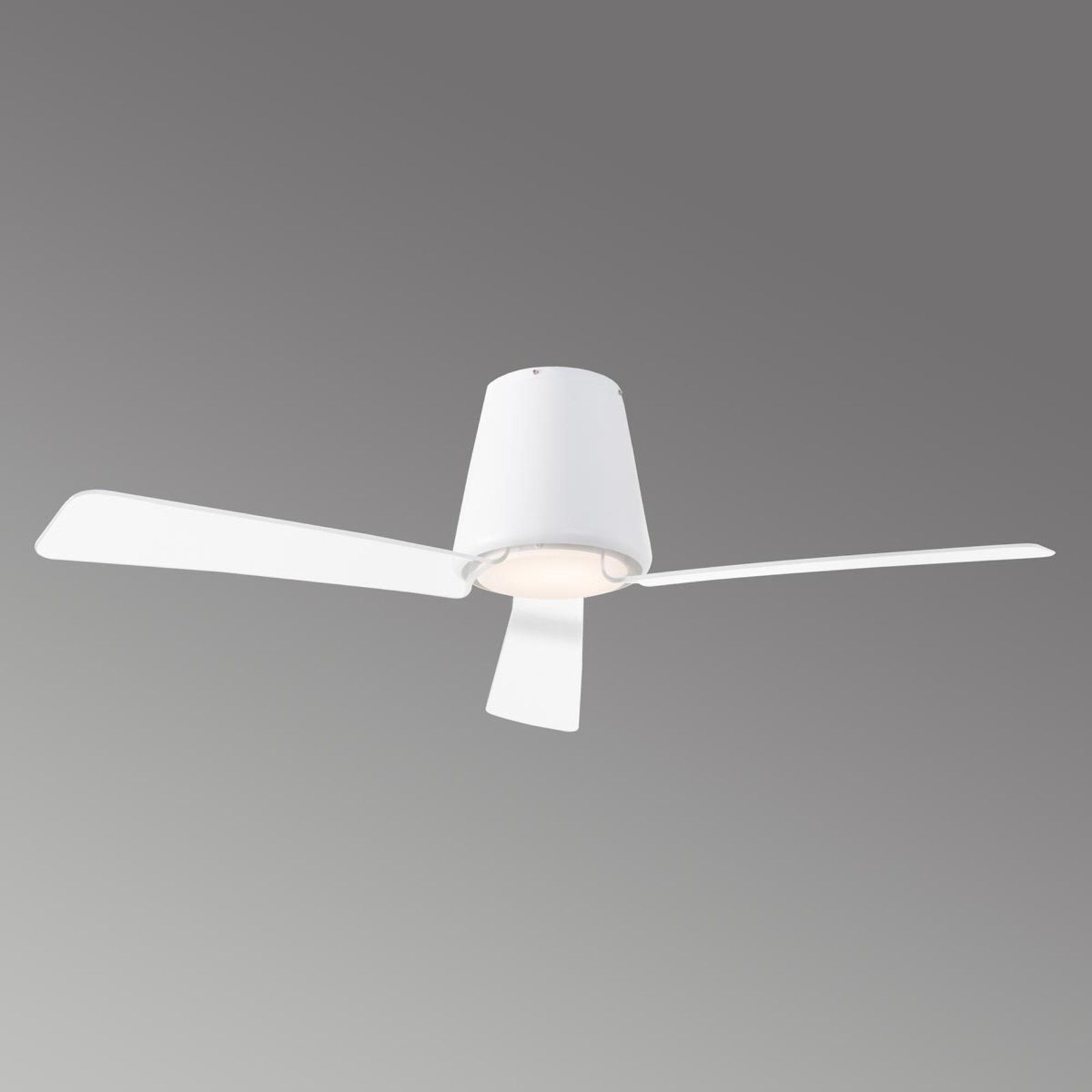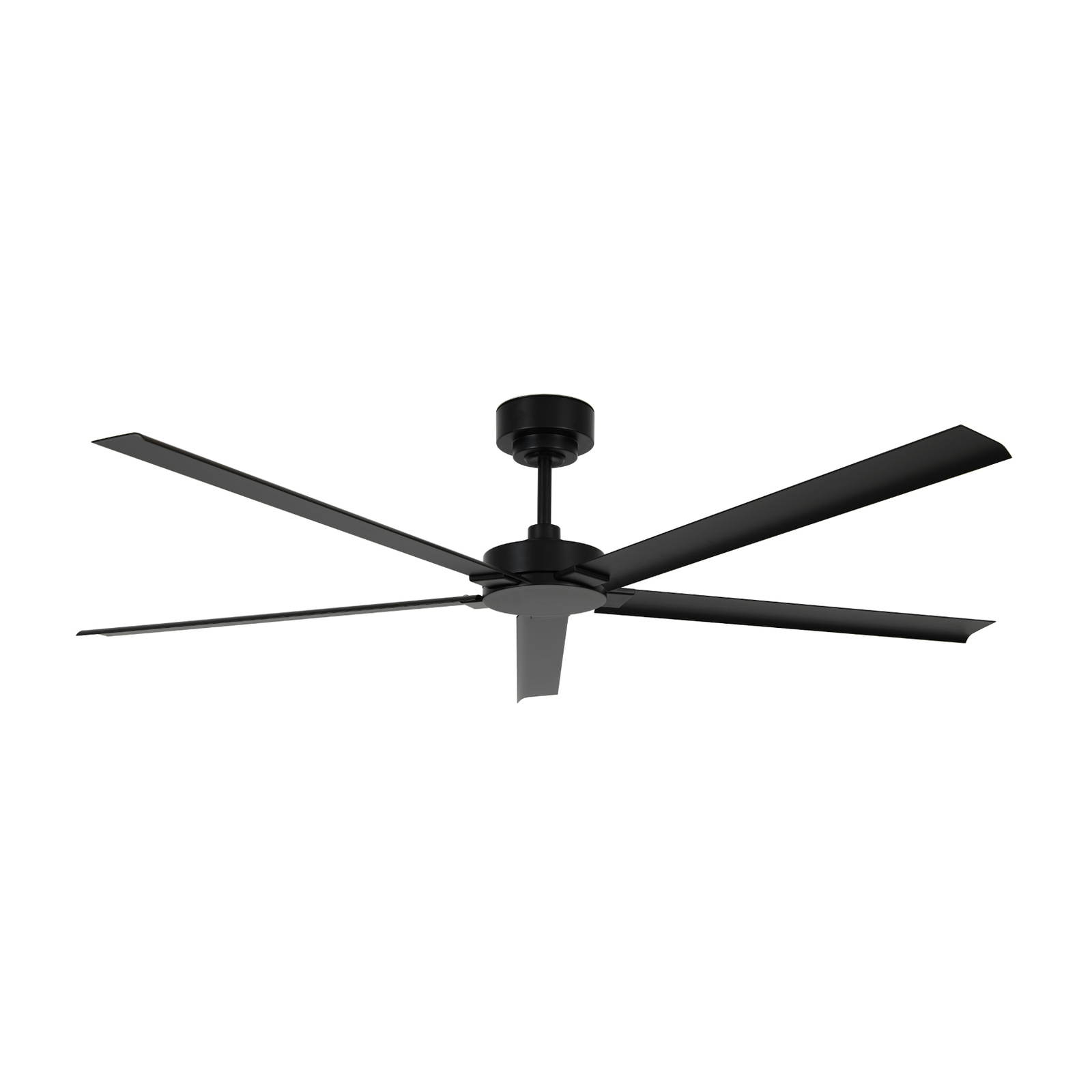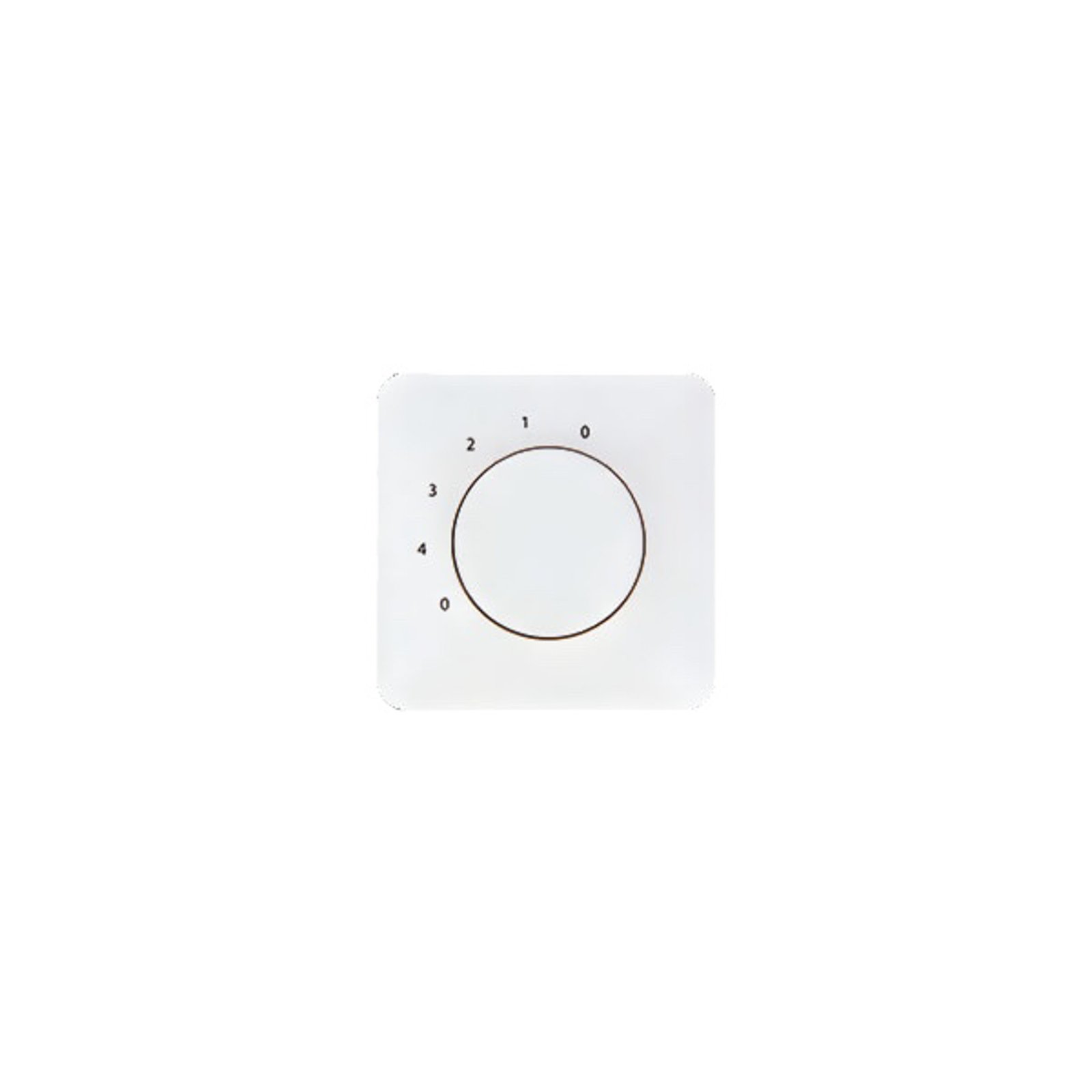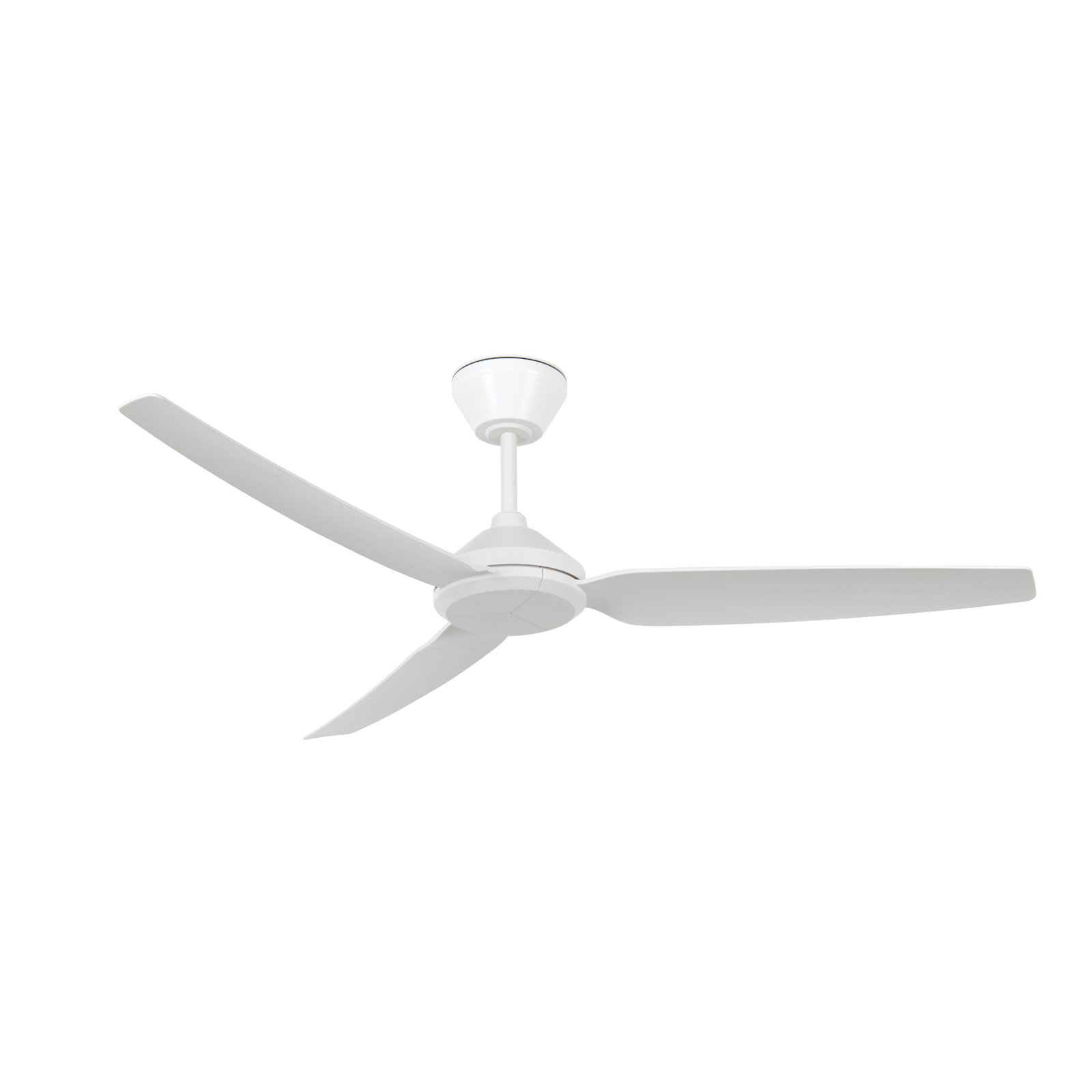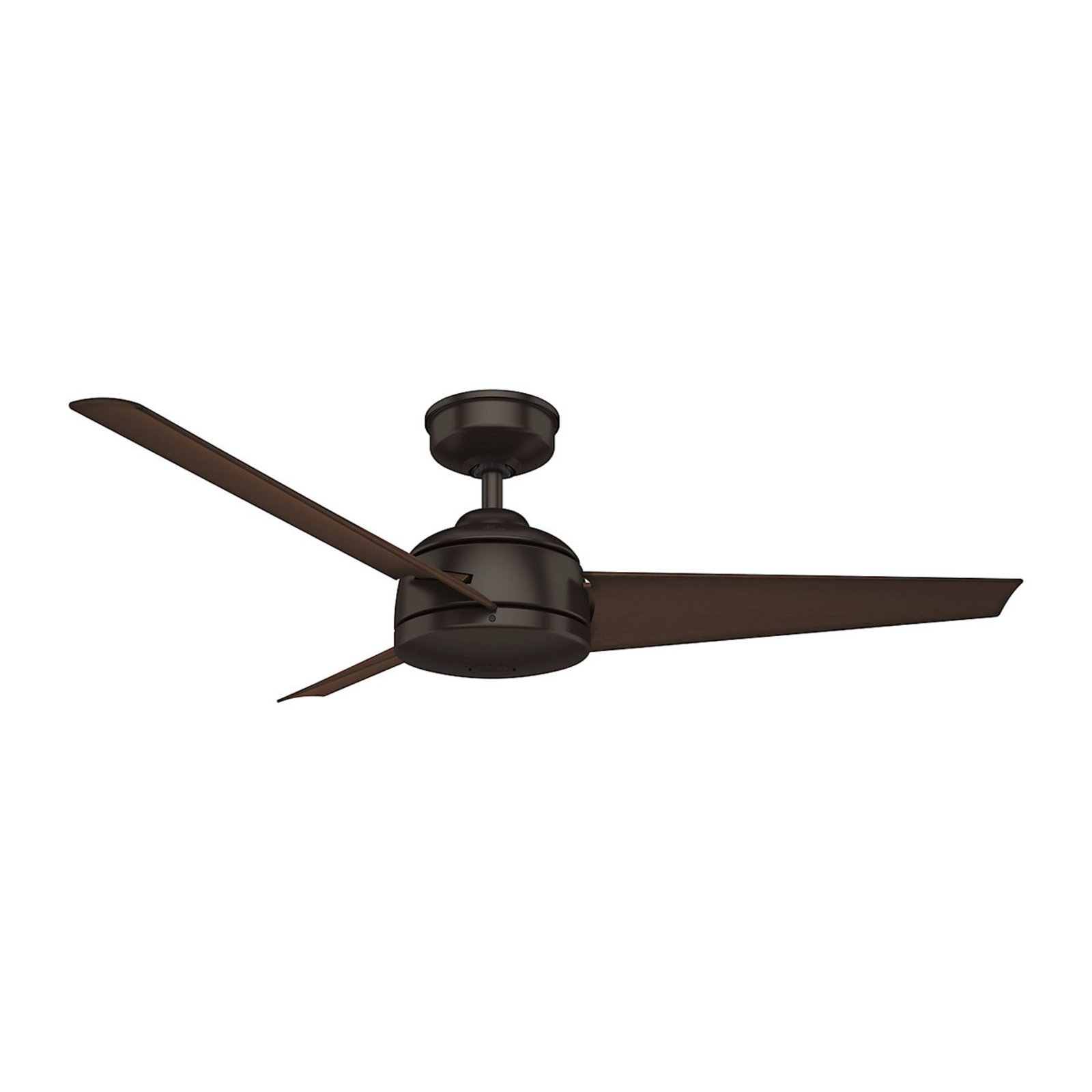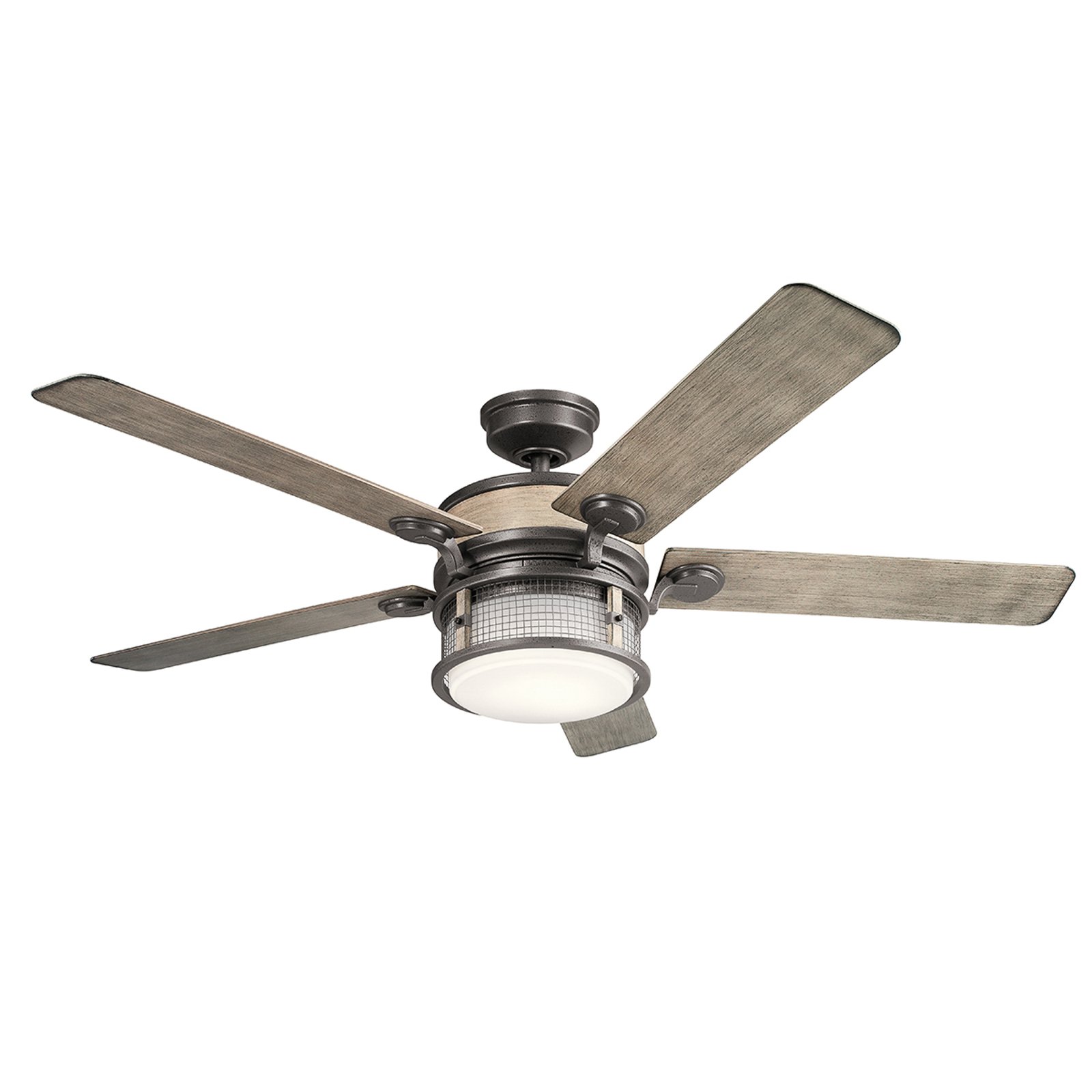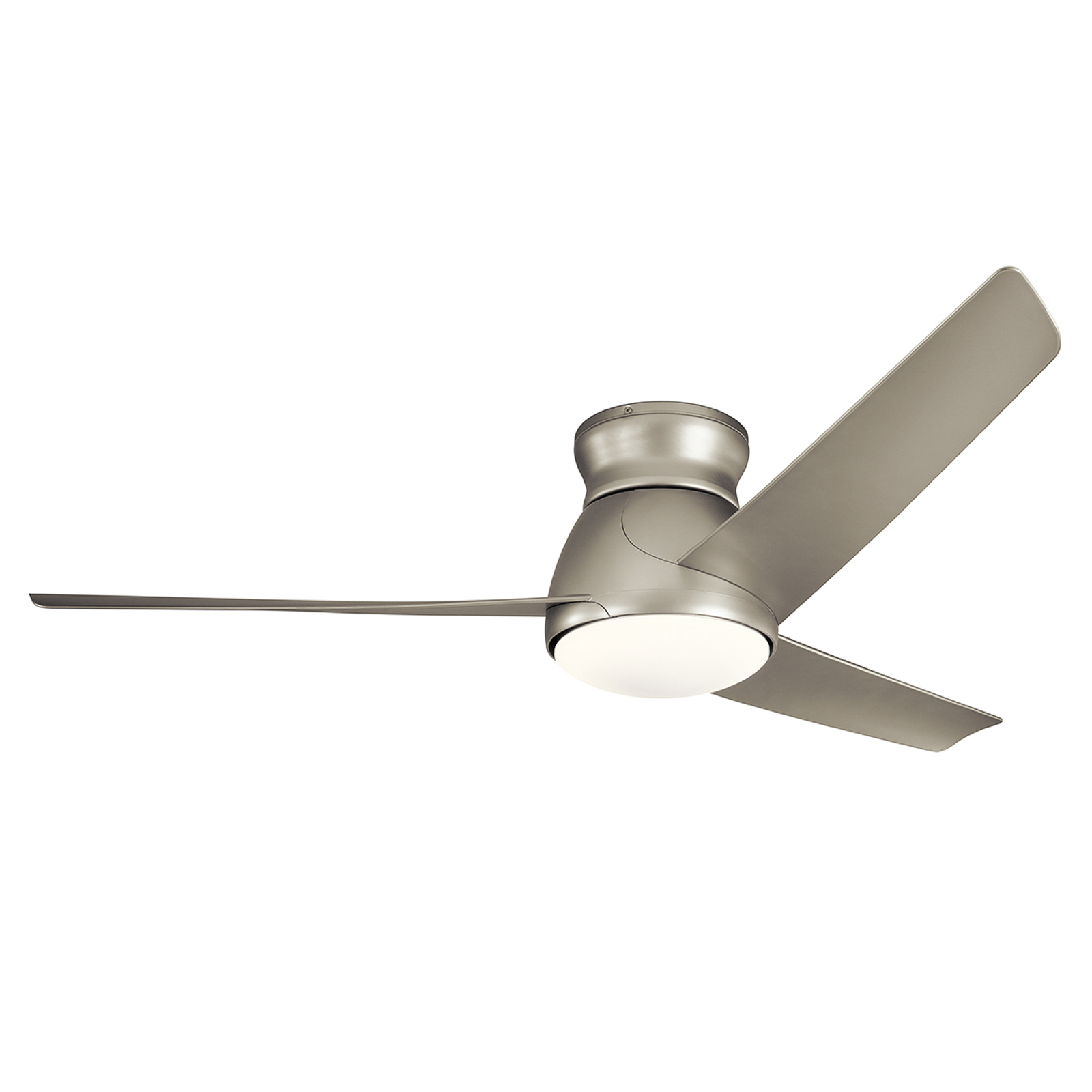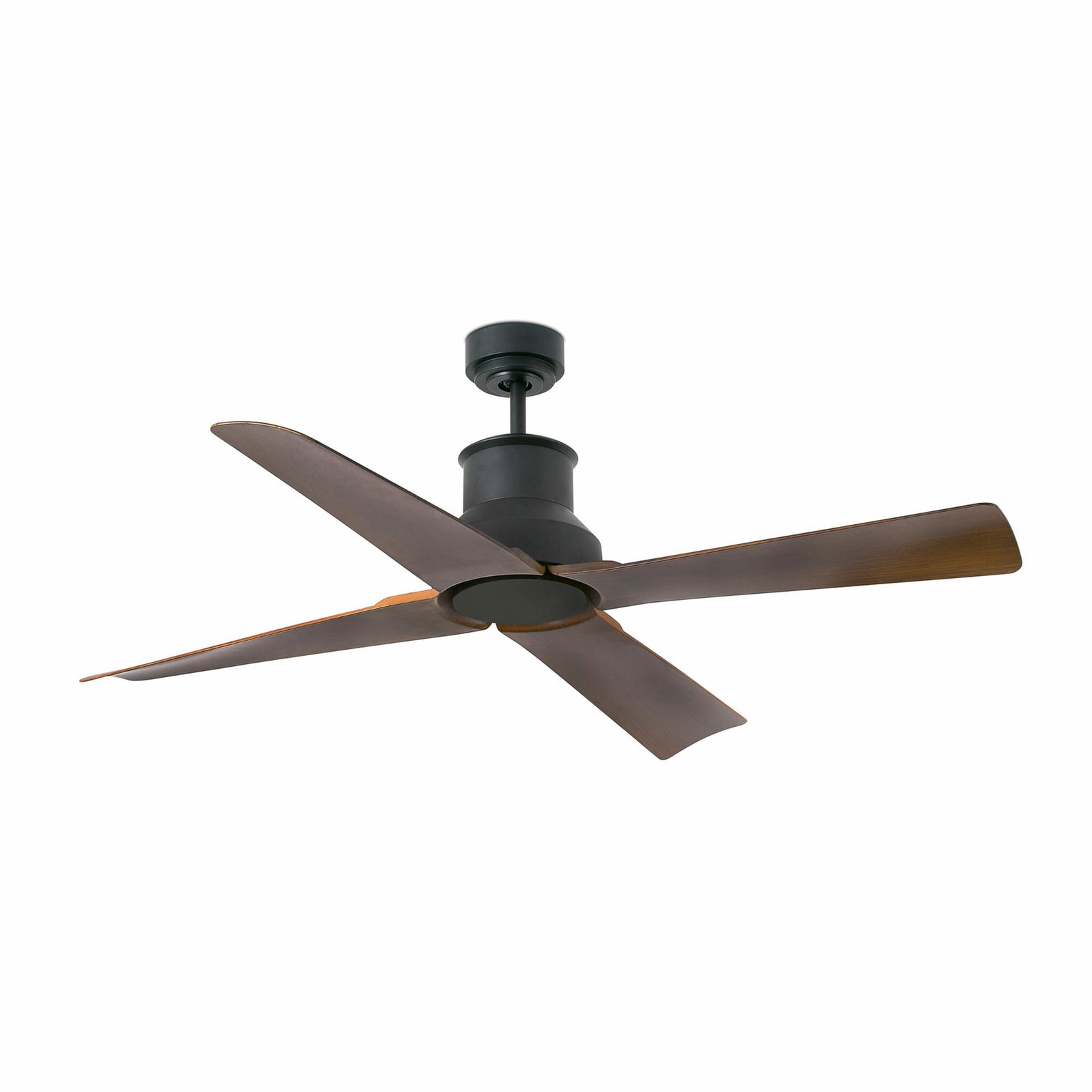How to find the right fan
Practical and convenient: refreshment at the touch of a button Finding the right fan - tailored to your needs and living space - is very easy. Before you buy a fan, you should consider what you need: Should it run particularly quietly so that you can also use it in the bedroom? Should it be as small as possible and be able to be mounted on a sloping roof, for example? Or should it be smart controllable and have many setting options? We help you to find the best fan.
Our top recommendations
The best fans All types of fans
Novelties
How to find the right fan size
Depending on the size of the room, you should ensure that the fan diameter is suitable. The following overview provides a good orientation:
Small room,\
e.g. guest room:
< 3 x 3 m
Ø: 76 - 122 cm
Large room,\
e.g. living room:
< 6 x 6 m
Ø: 127 - 137 cm
Very large room,\
e.g. loft flat:
> 6 x 6 m
Ø: from 142 cm
Ceiling fans with and without light
Whisper quiet for the bedrooms You only have one power connection on the ceiling and can't decide whether you want to use it for a fan or a ceiling light? Then simply choose a fan with integrated LEDs for good general lighting. Also available with remote control, which you can use to select the light colour. A whisper-quiet model is recommended for the bedroom, for example with a WhisperWind® motor like Hunter.
Shop fans
Smart fans
Convenience through versatile controllability In keeping with the times, fans can also be controlled smartly - by remote control or app. This makes it easy to adjust the speed and direction of travel. If the fan also functions as a light, the light colour can even be adjusted at the touch of a finger. If you wish, you can also call up the functions of the smart air freshener using a voice assistant. Another option: if provided by the manufacturer, simply retrofit a radio receiver and make the fan smart at a later date.
Shop for smart fans
Cool breeze thanks to table and pedestal fans
Targeted cooling at any location Table fans and pedestal fans can be switched on in next to no time at the nearest power socket when the heat is unexpectedly there. Mobile fans for offices and home offices are particularly popular - either directed towards a specific corner or oscillating in a larger radius. But they also provide welcome cooling and flair in living spaces, from the living room to the kitchen - for example with retro-chic models.
Shop table fans
Fans with IP protection class
Refreshment in the outdoor lounge If even the most beautiful shady spot in the garden doesn't provide the necessary cooling in midsummer, it's time for a fan in the garden lounge. With an appropriate IP protection rating of at least IP44, ceiling fans, for example from the traditional company Westinghouse, can easily be hung in covered areas of the garden. If you only want to cool down temporarily, you can of course also take the table fan into the garden for a hot afternoon.
Shop for outdoor fans
The most important facts about fans
When is a fan useful?
A fan is useful all year round. While it cools pleasantly in summer mode, in winter mode - in reverse - it ensures good distribution of the heating air trapped under the ceiling. This option is perfect for reducing heating costs. If you want to benefit from your fan 365 days a year, you should make sure when buying it that it has the option of winter operation.
What types of fans are there?
Ceiling fans are permanently mounted and wired via the ceiling connection. They are available either exclusively for cooling and distributing the air or with integrated LED lamps for general lighting. Standing and table fans can be positioned flexibly. With battery charging via USB, they are even a companion when travelling. Fans are already available for less than 100 euros.
What technical details need to be considered?
Of interest are performance, suitability for a certain room size and different intensity levels. Depending on the type of ceiling, pay attention to the weight. Pedestal fans should be able to tilt and oscillate (move the head). Also practical: height-adjustable pedestal fans. And the operating options range from pull chains to smartphone apps.
Winter mode
In winter, the warm heating air that accumulates under the ceiling is better distributed in the room. This also keeps your feet warm and effectively saves on heating costs.
Summer mode
In summer, the fan circulates the air, creating a pleasant cooling effect on the skin. The strength of many fans can be regulated individually.
FAQ: Frequently asked questions about energy saving
Firstly, it is important to clarify which requirements and spatial conditions a fan should be tailored to. If you don't want to bother with installation, choose a pedestal fan that only requires a socket. If you want to save space on the floor and also benefit from winter operation, choose a ceiling fan with the option of reverse operation. If you want to use the ceiling connection for general lighting at the same time, you are well advised to use a fan with an integrated LED light. You should opt for smart models if you want to integrate your fan into the smart home system. And for outdoor use, of course, choose a fan with an appropriate IP protection classof at least IP44.
The diameter of the fan should also be selected depending on the size of the room. For small rooms of less than 10 m², a diameter of 76 - 122 cm is sufficient. Larger rooms of up to 35 m² can tolerate a diameter of 127 - 137 cm. And if it goes beyond that, for example in an open-plan loft flat, there are also fans with an even larger diameter, for example from Westinghouse with a diameter of over 250 cm.
There is no generalised answer to how many watts a fan should have. However, the power consumption depends on the speed of the fan or the revolutions per minute. With a model that offers different speed levels, the power consumption increases with the number of revolutions. The product details also state the power in watts in relation to the different speed levels, e.g. power: 60/45/40 watts; speed: 175/135/85 rpm.
A fan is useful if you lack the necessary cooling in summer and draughts in the home or a shady spot in the garden are no longer sufficient. A fan may also be necessary in winter if the warm heating air builds up under the ceiling. If the fan distributes the air in the room in reverse mode (reverse function) as a special winter operating function, heating costs can be reduced.
Table fans are best suited for targeted refreshment - at your desk, for example. Thanks to adjustable oscillation and inclination, pedestal fans can be set individually and ensure proper air circulation and refreshment - even in large rooms. The cooling effect of a ceiling fan is unrivalled - the larger the diameter, the larger the room that needs to be cooled. The only extra work involved is the installation in advance.
With a ceiling fan, the question is superfluous thanks to fixed installation in the centre of the room, but not with a table or pedestal fan. If it is pleasantly cool outside, you can place the pedestal fan with its back to the open window. This draws in fresh air and distributes it throughout the room. If it is already too hot outside, place the fan elsewhere in the room. Depending on how intensely you want to be refreshed, you can let it oscillate or keep it stationary.
For the best air circulation in summer, it is best to set up the pedestal fan with the head pointing slightly upwards. This is the best way to cool the warm air rising upwards.
Fans that run particularly quietly - or even as quiet as a whisper - also indicate this in their product details. Hunter, for example, relies on WhisperWind® motors, making the fans ideal for use in the bedroom. Suppliers such as Westinghouse, Starluna and Casafan also attach great importance to the quiet running of their fans. All in all, you will find high-quality fans that can be operated quietly in the Lights.co.uk shop.
In principle, a fan can run for as long as you wish. If you leave it on to fall asleep on a warm summer evening, you can also use the practical timer function so that it is not on all night. This saves electricity and protects the environment.
To enjoy your fan for a long time, you should clean it regularly. This is because the dust from the swirling air tends to settle on the rotor blades. It is important that the fan is disconnected from the power supply before cleaning. The fan can then be extracted. If necessary, you can wipe the housing and rotor blades with a damp cloth. If a grille is fitted to protect the rotor blades, simply remove it beforehand. It is worth taking a look at the operating instructions for tower fans. There you will learn how best to open the housing to clean the appliance.
If the rotor blades rotate anti-clockwise in summer mode (so-called forward operation), a cooling breeze is created under the fan. This makes it feel up to 8 degrees cooler. The air also circulates pleasantly in the room. If, on the other hand, the blades rotate clockwise (winter operation or reverse operation), the fan distributes the warm heating air that accumulates under the ceiling over the walls throughout the room. Incidentally, in winter operation there is no fresh breeze under the fan and therefore no risk of catching a cold.
:format(jpeg))
)
)
)
)
)
)
)
)
)
)
)
)
)
:format(jpeg))
:format(jpeg))
:format(jpeg))
:format(jpeg))




































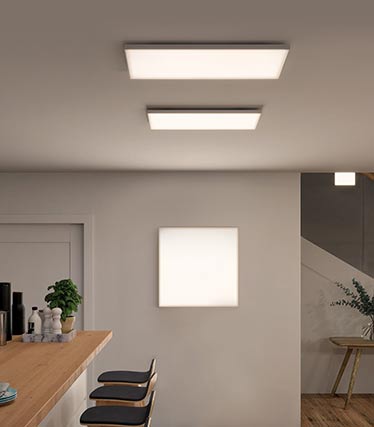









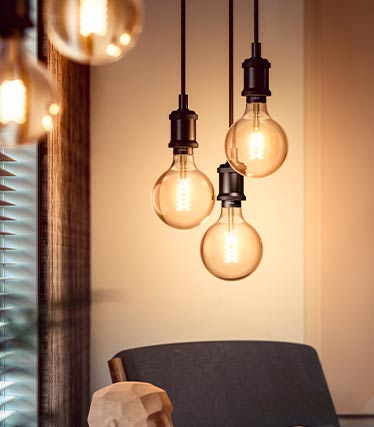








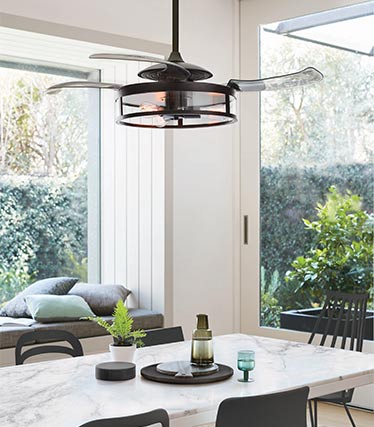











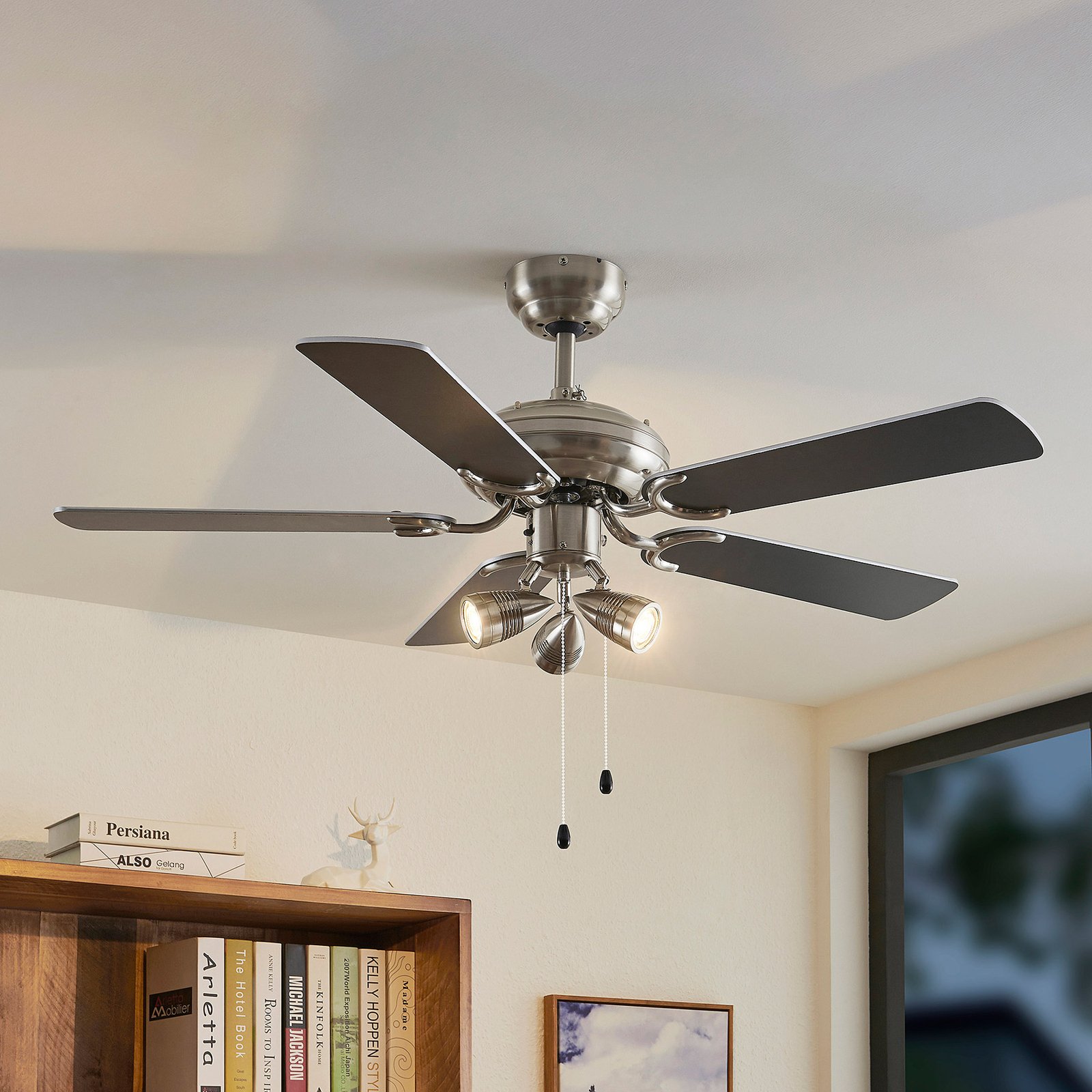

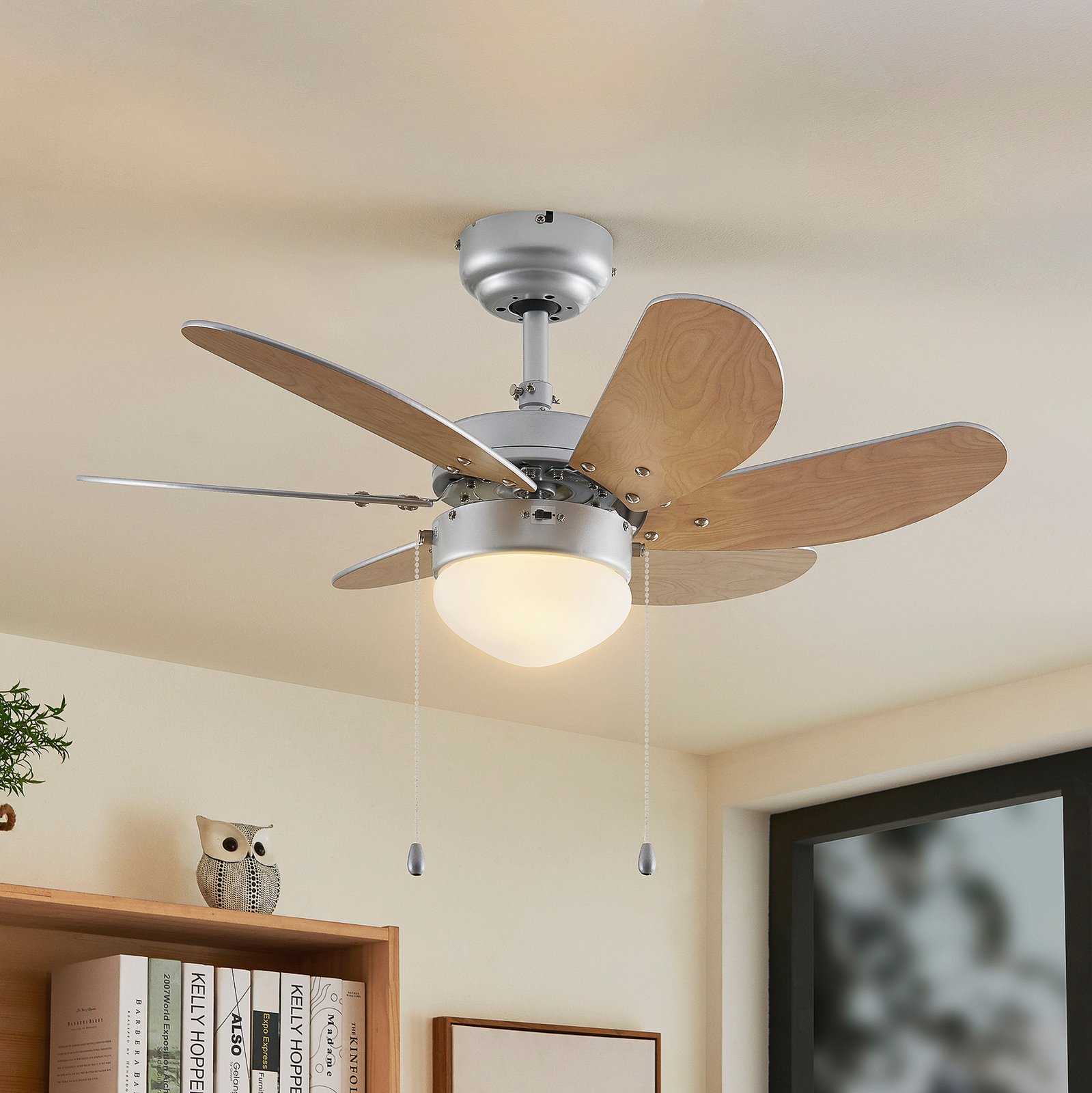
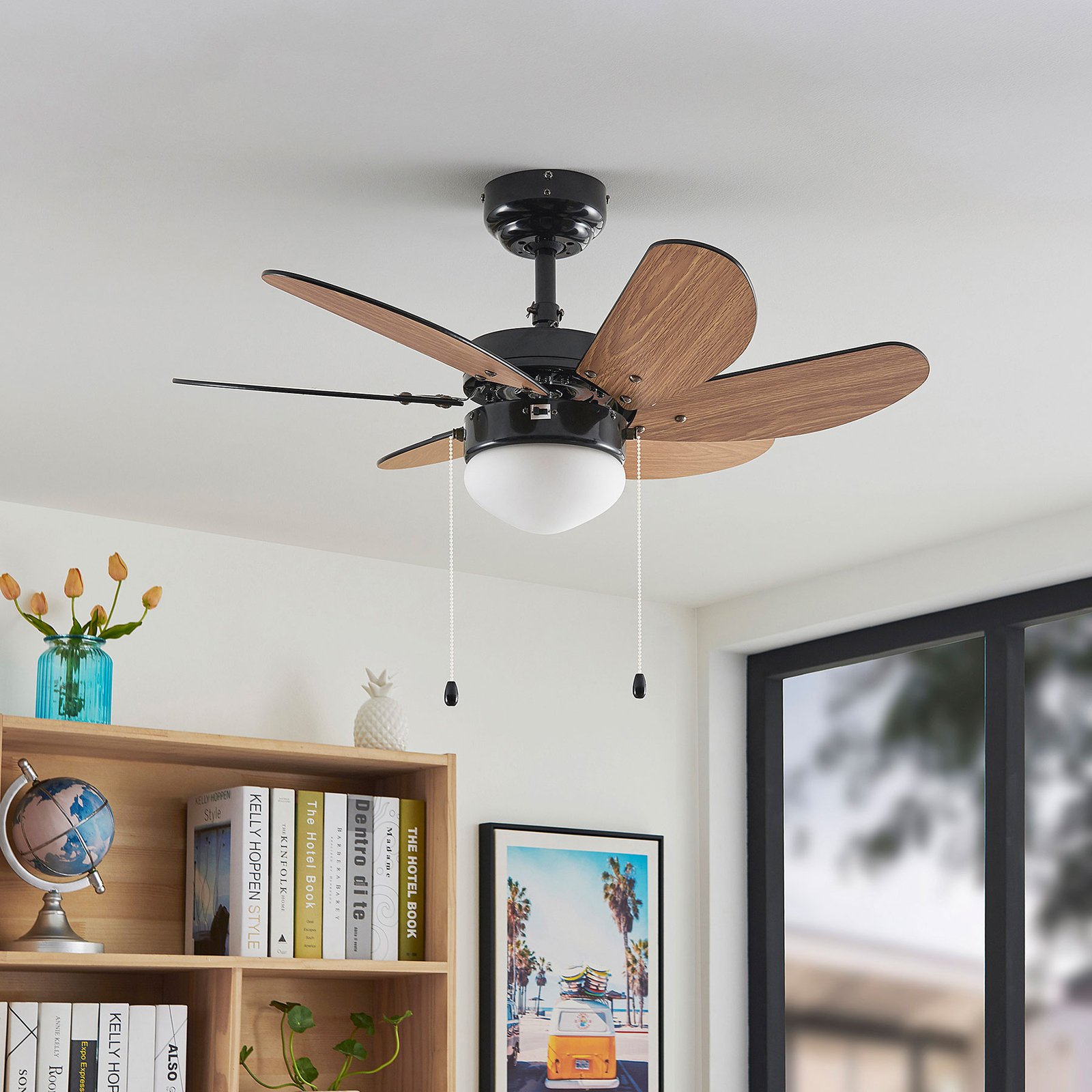
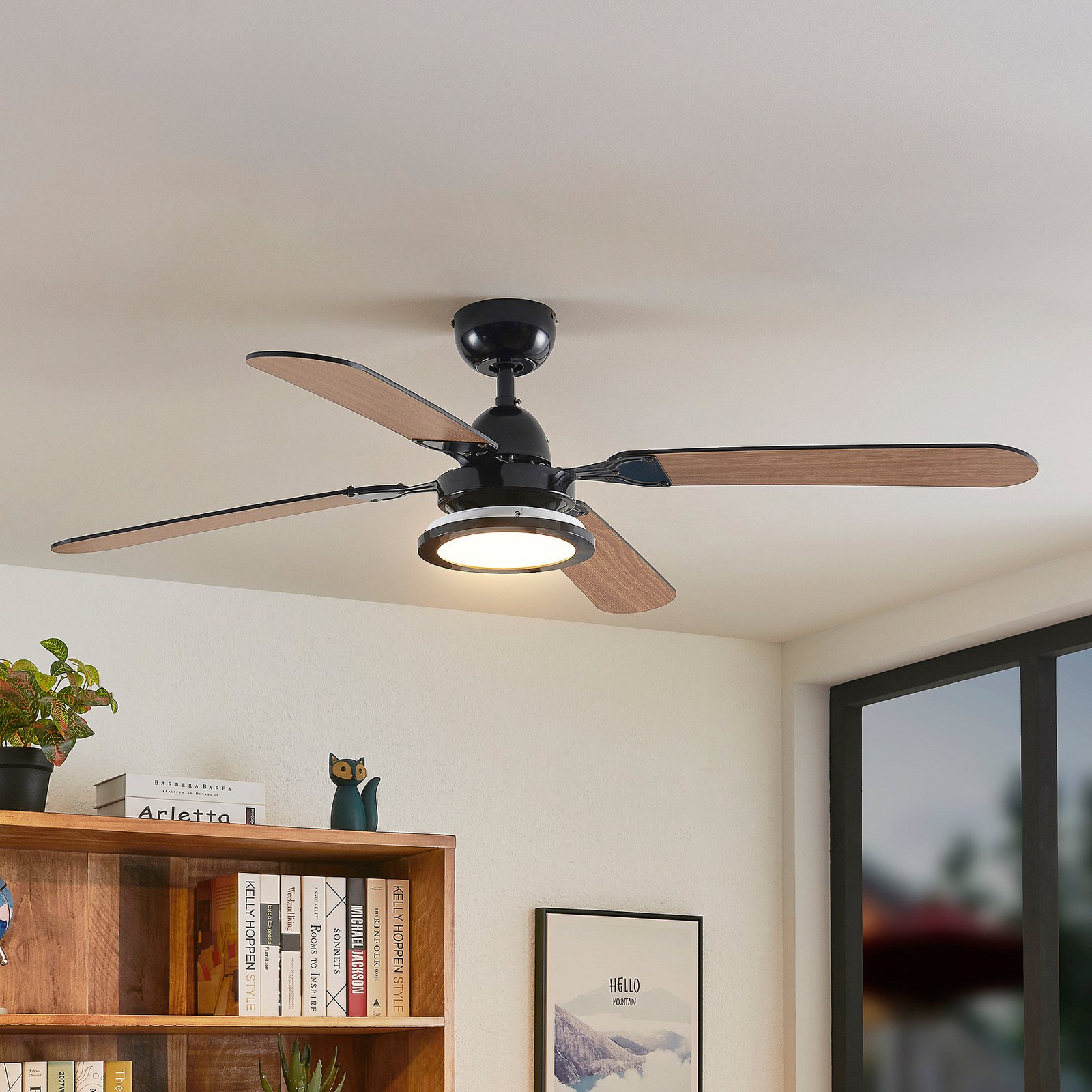


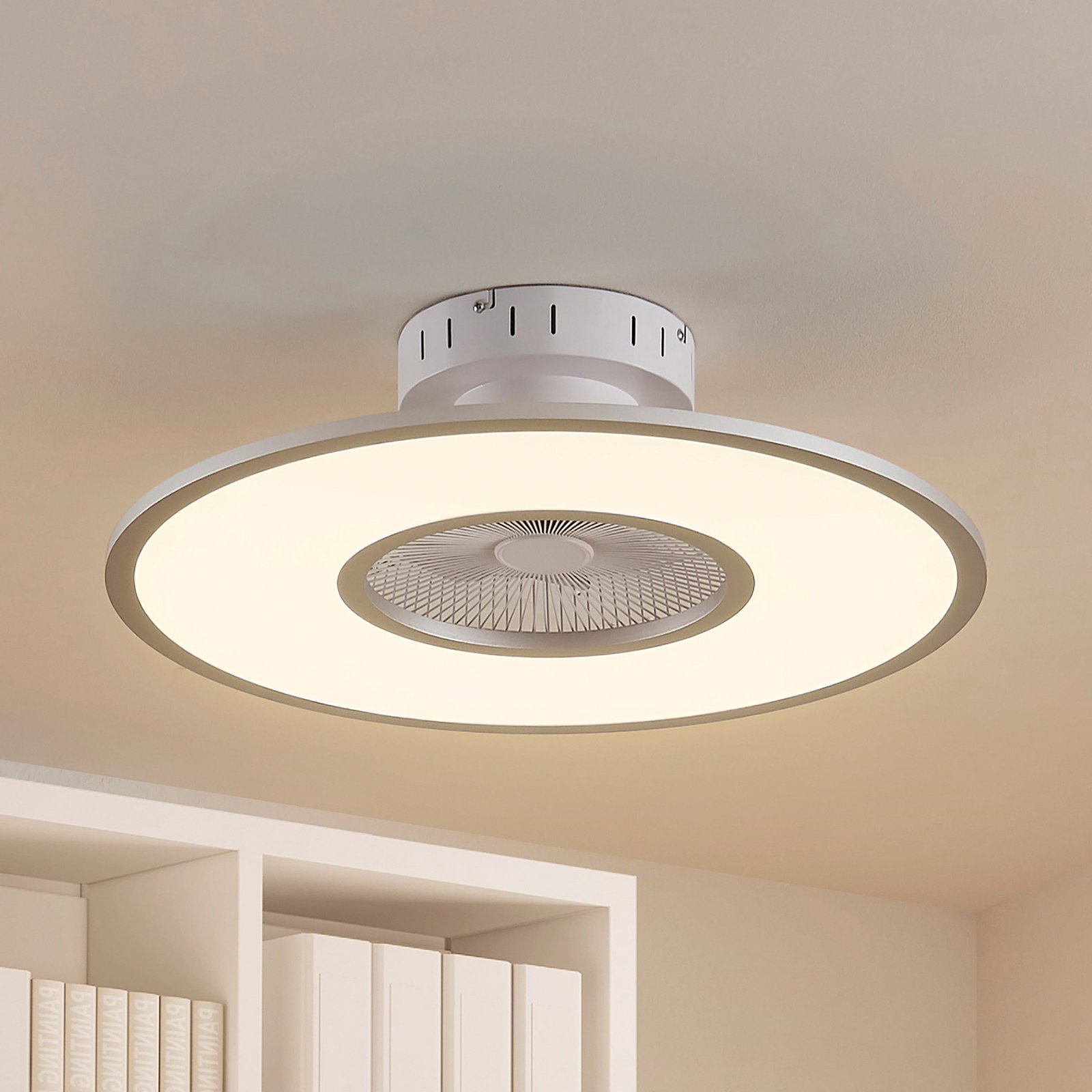

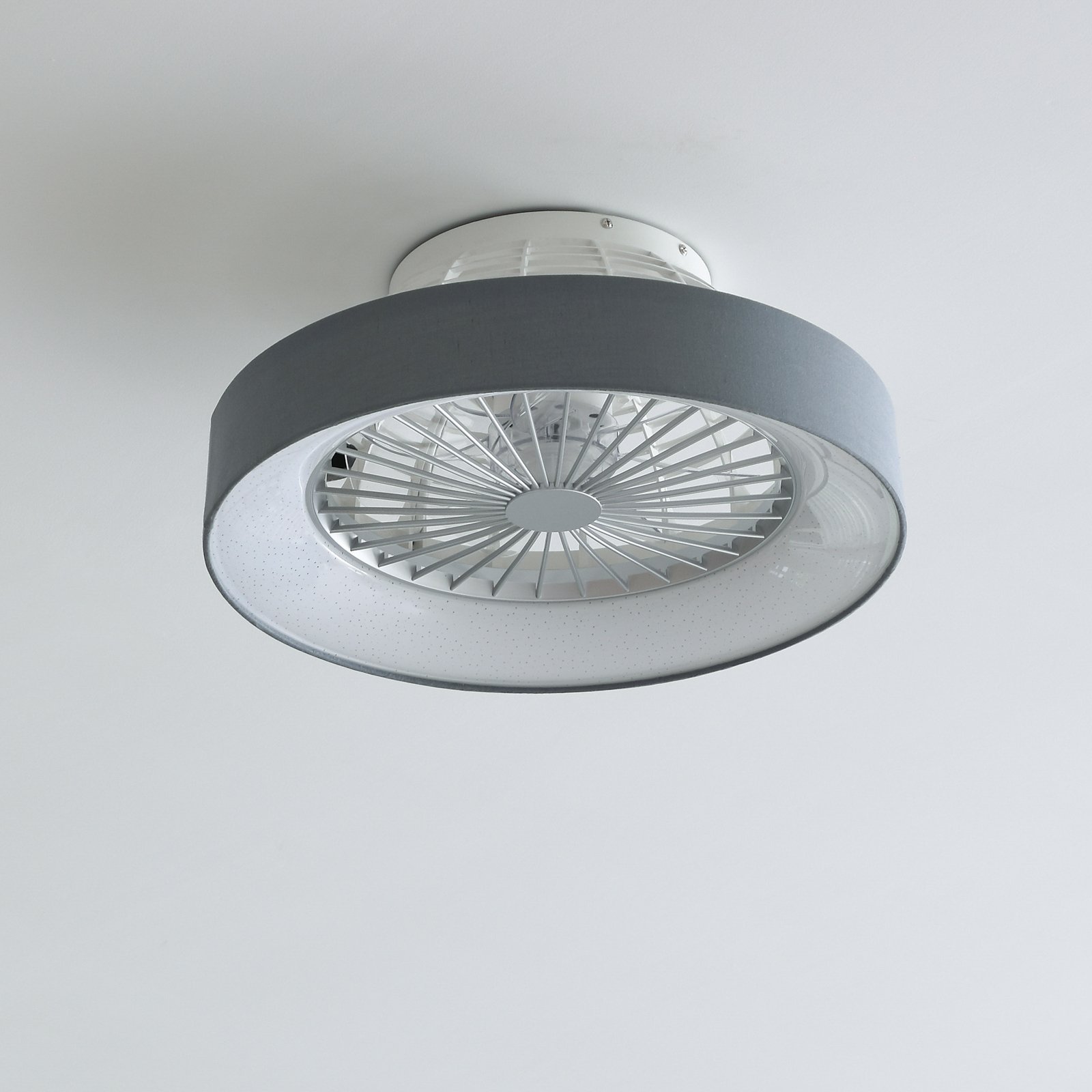
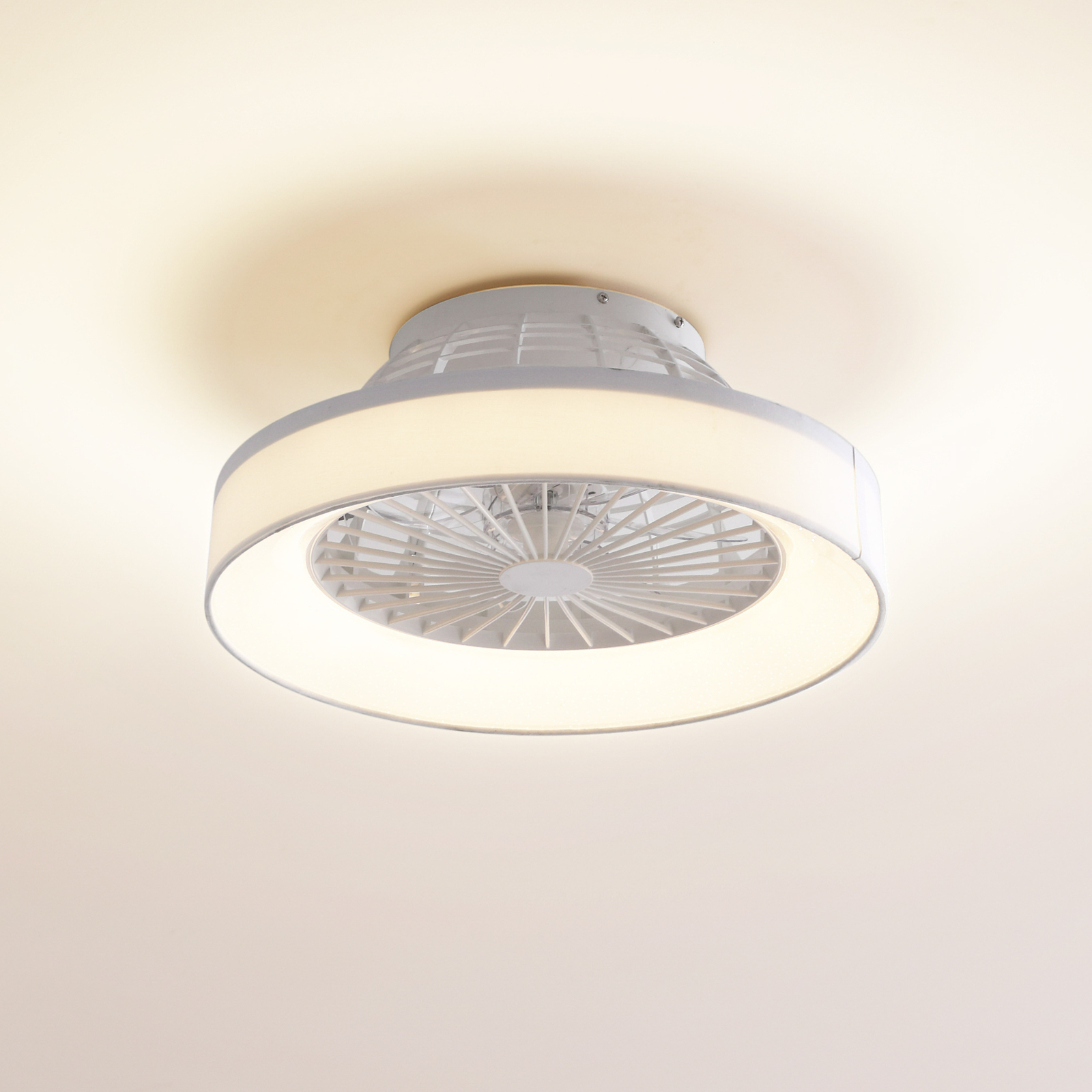
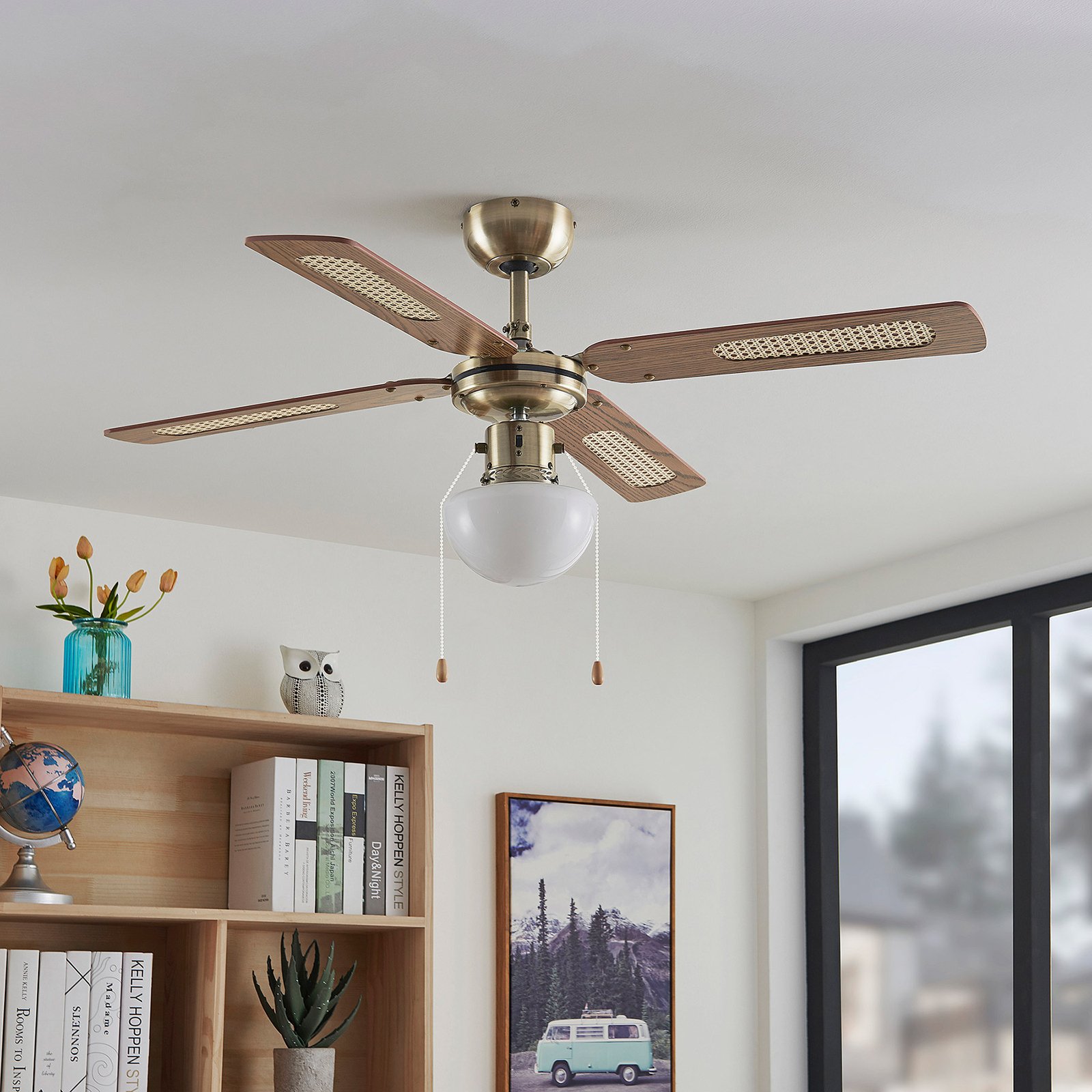
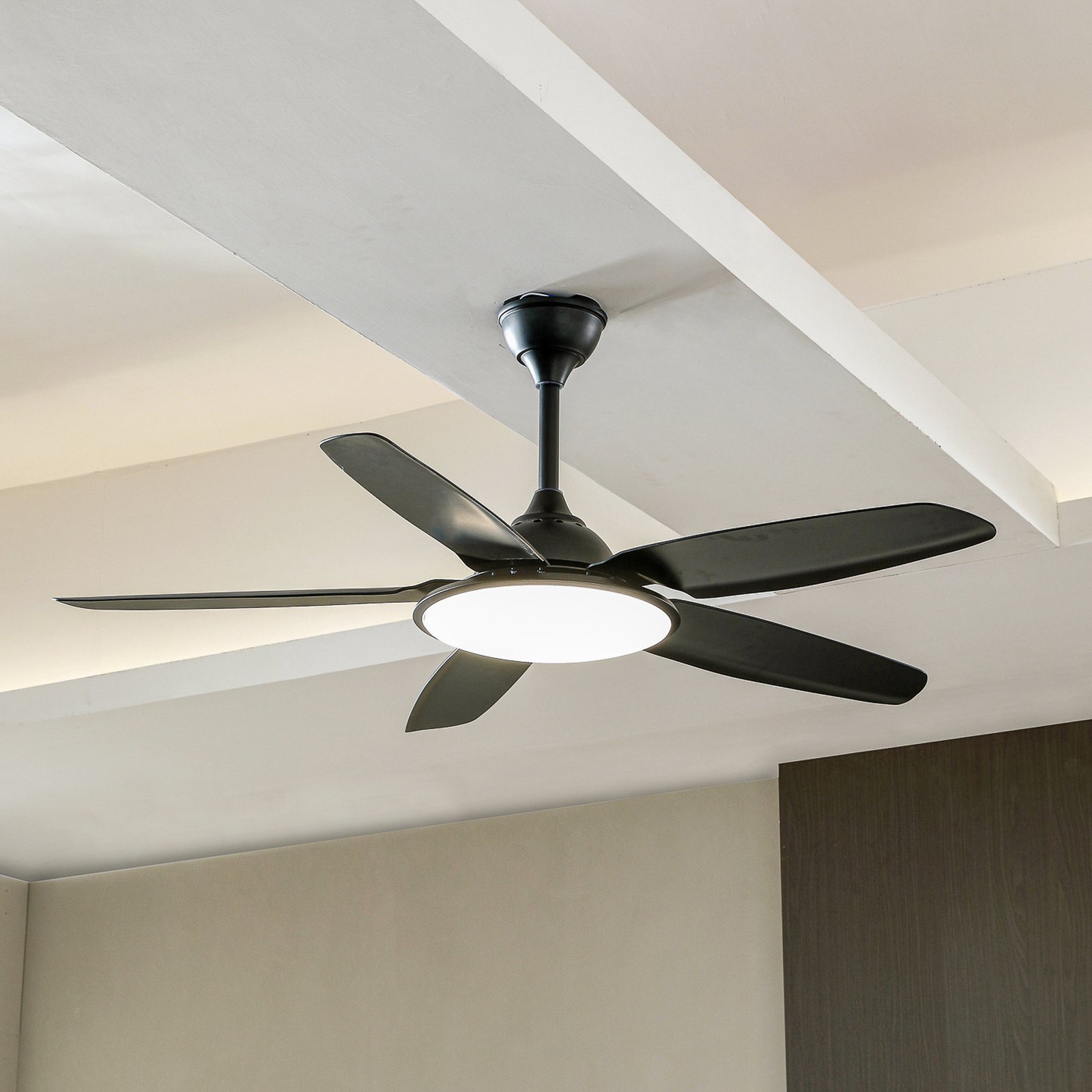
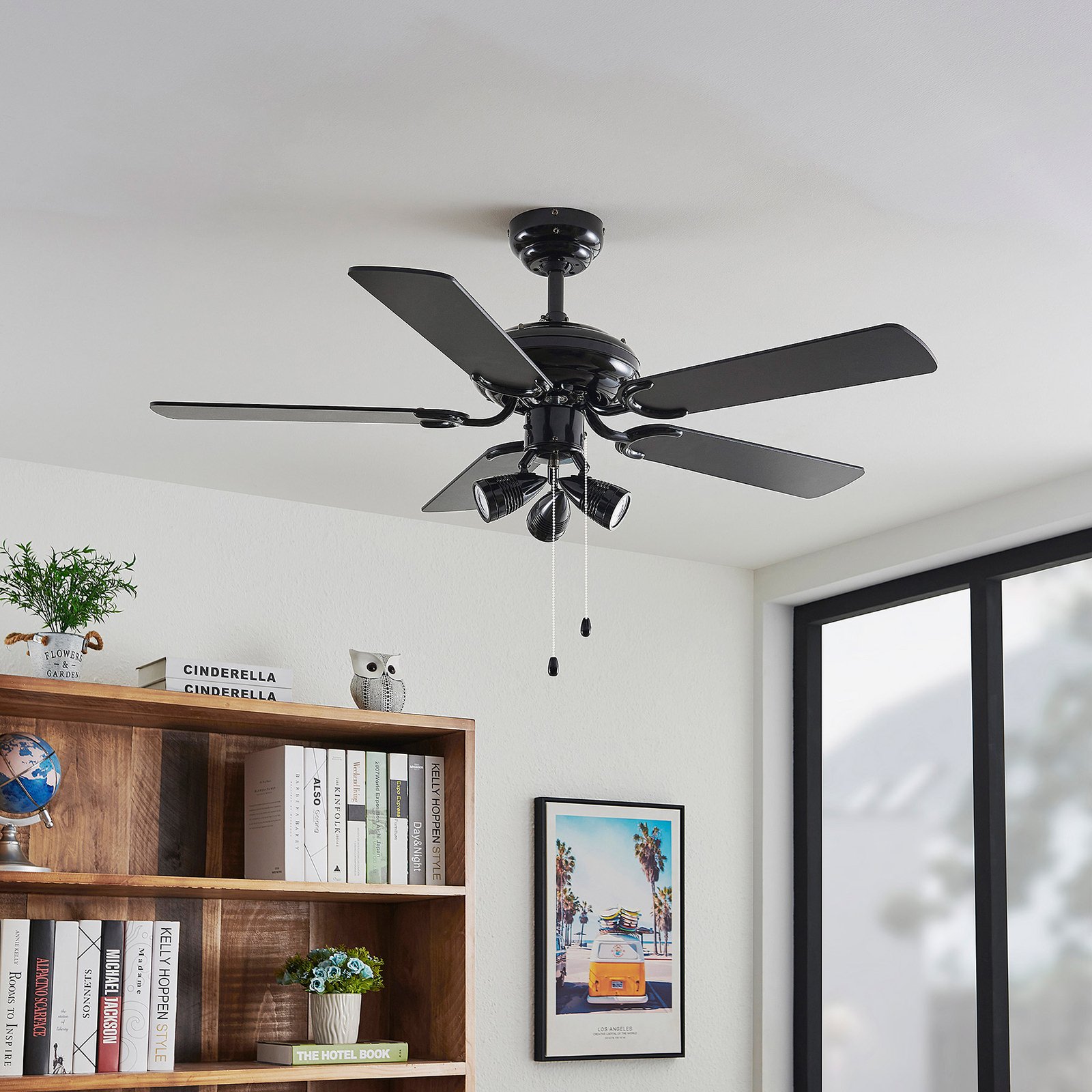
:format(jpeg))
:format(jpeg))
:format(jpeg))
:format(jpeg))
:format(jpeg))
:format(jpeg))
:format(jpeg))
:format(jpeg))
:format(jpeg))
